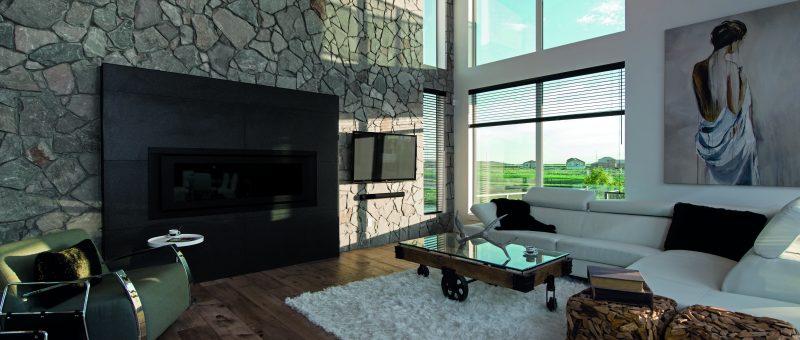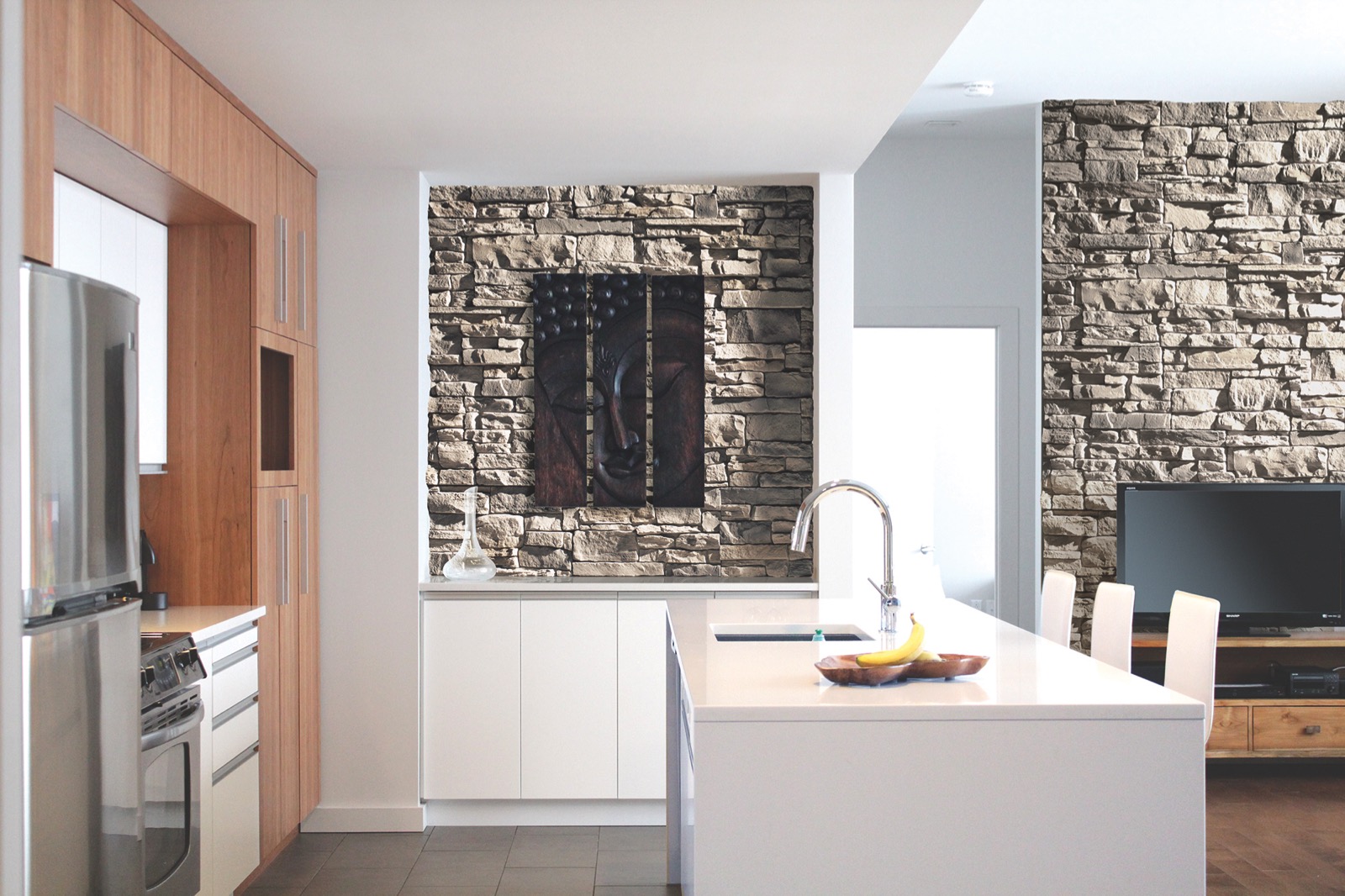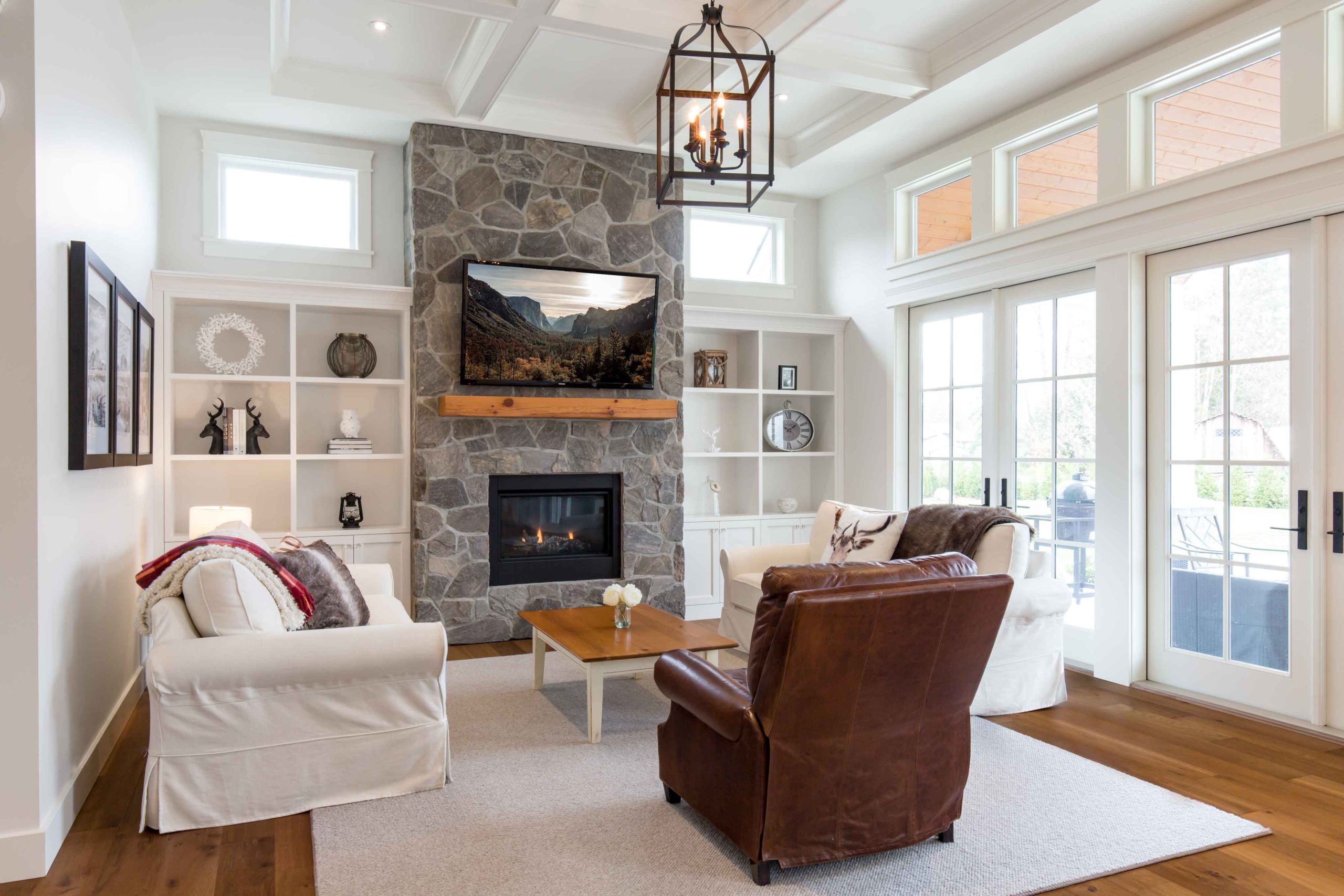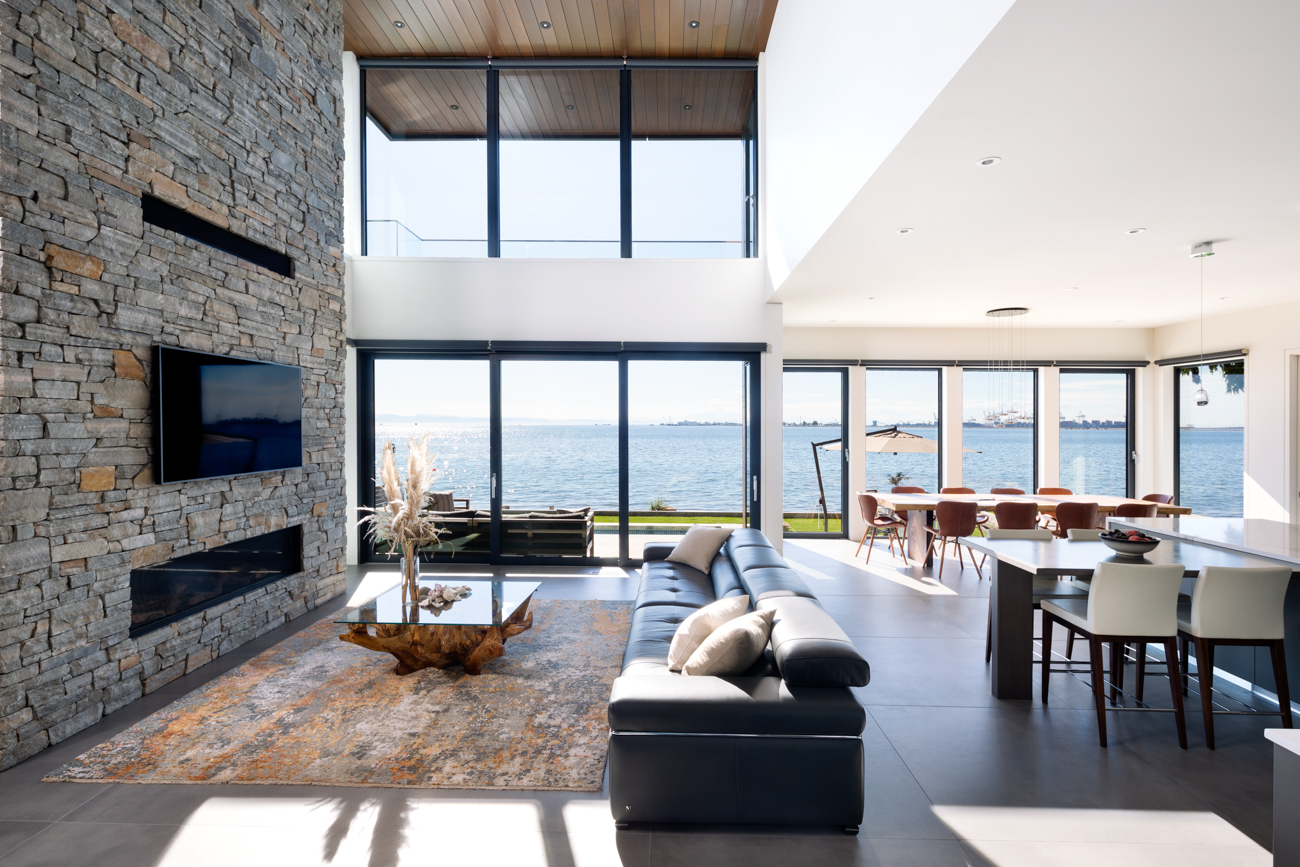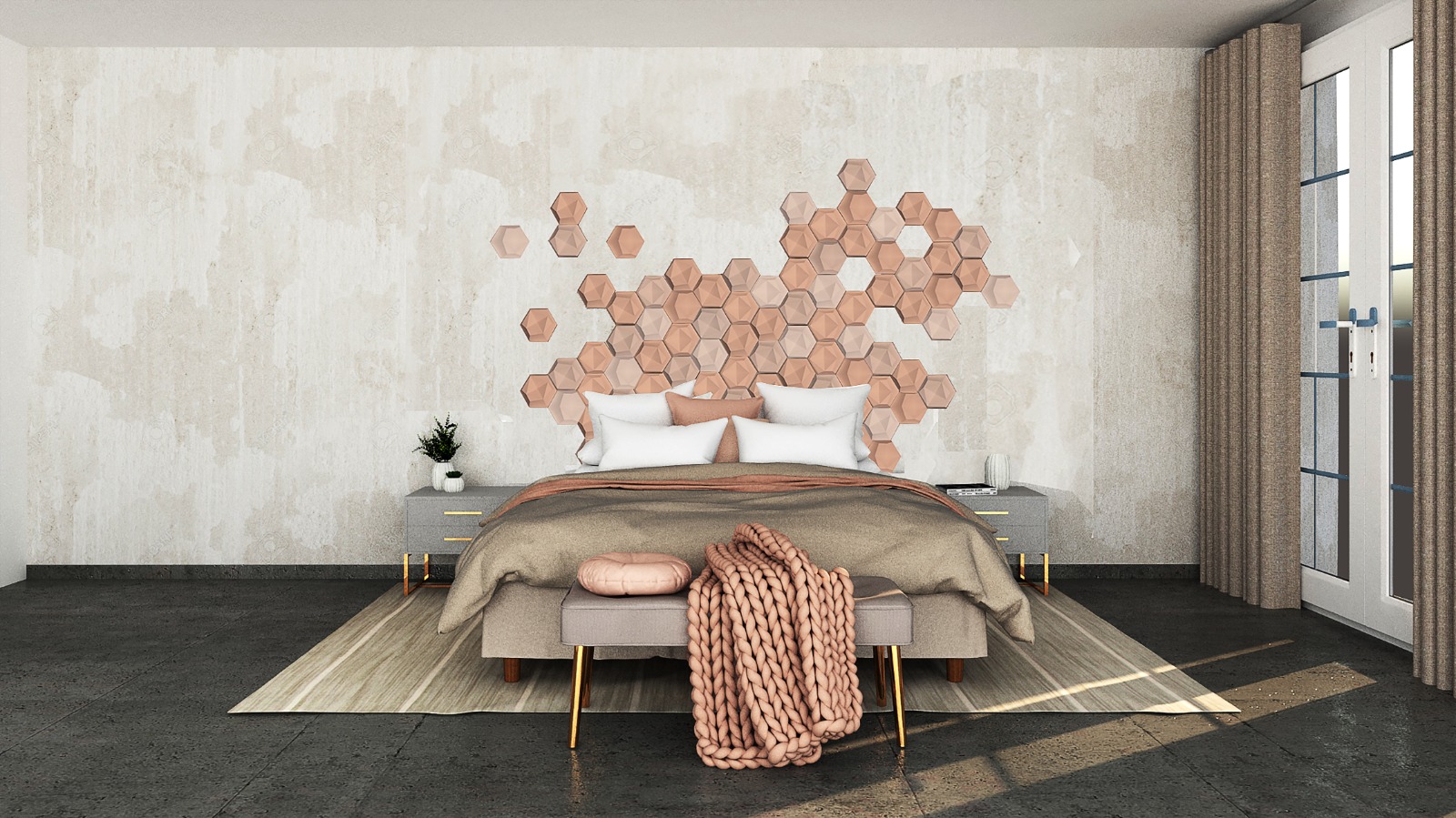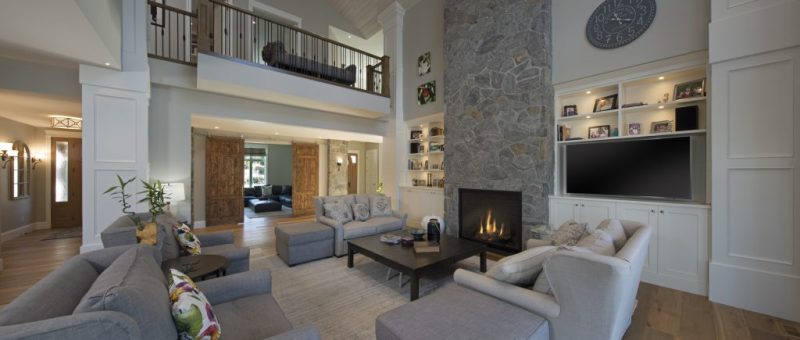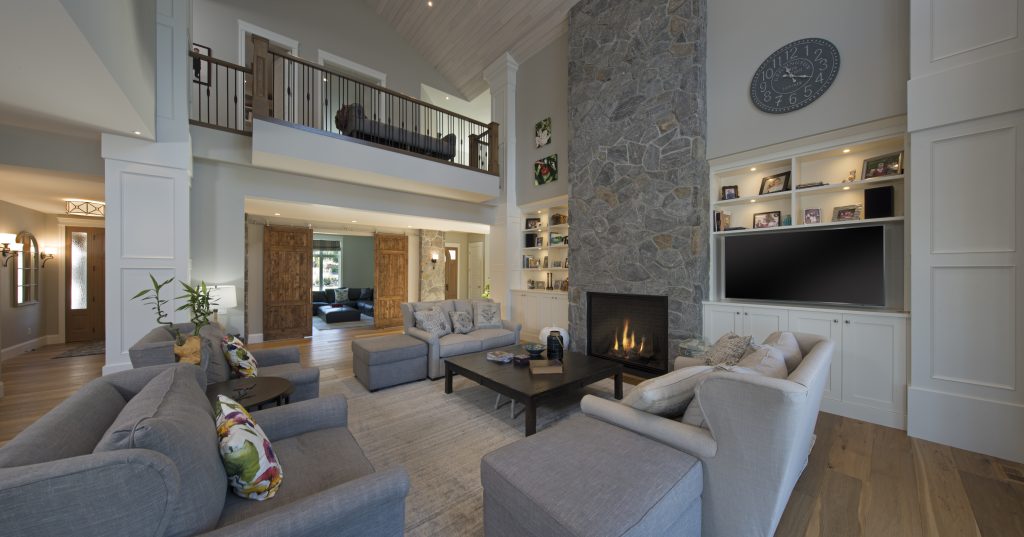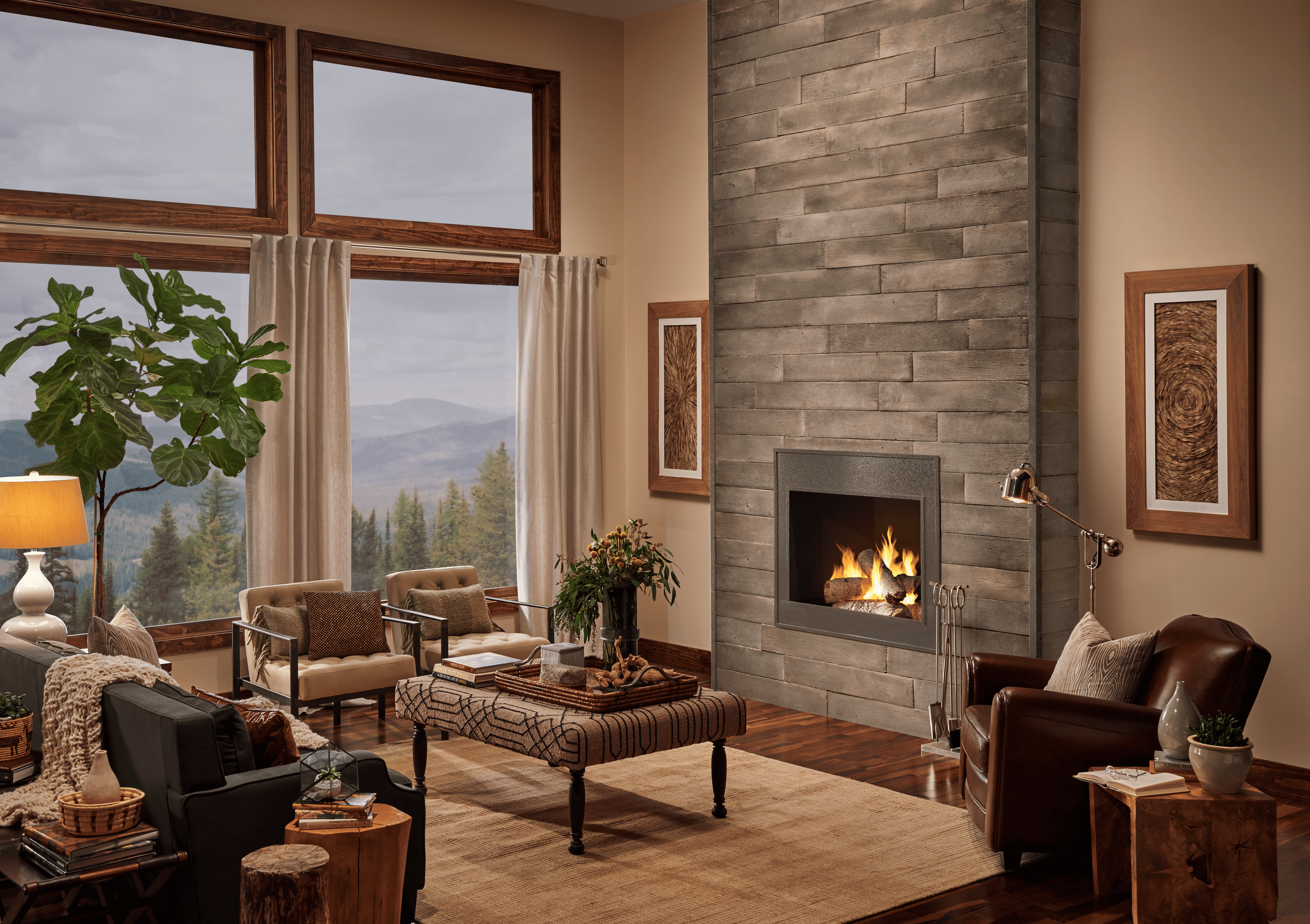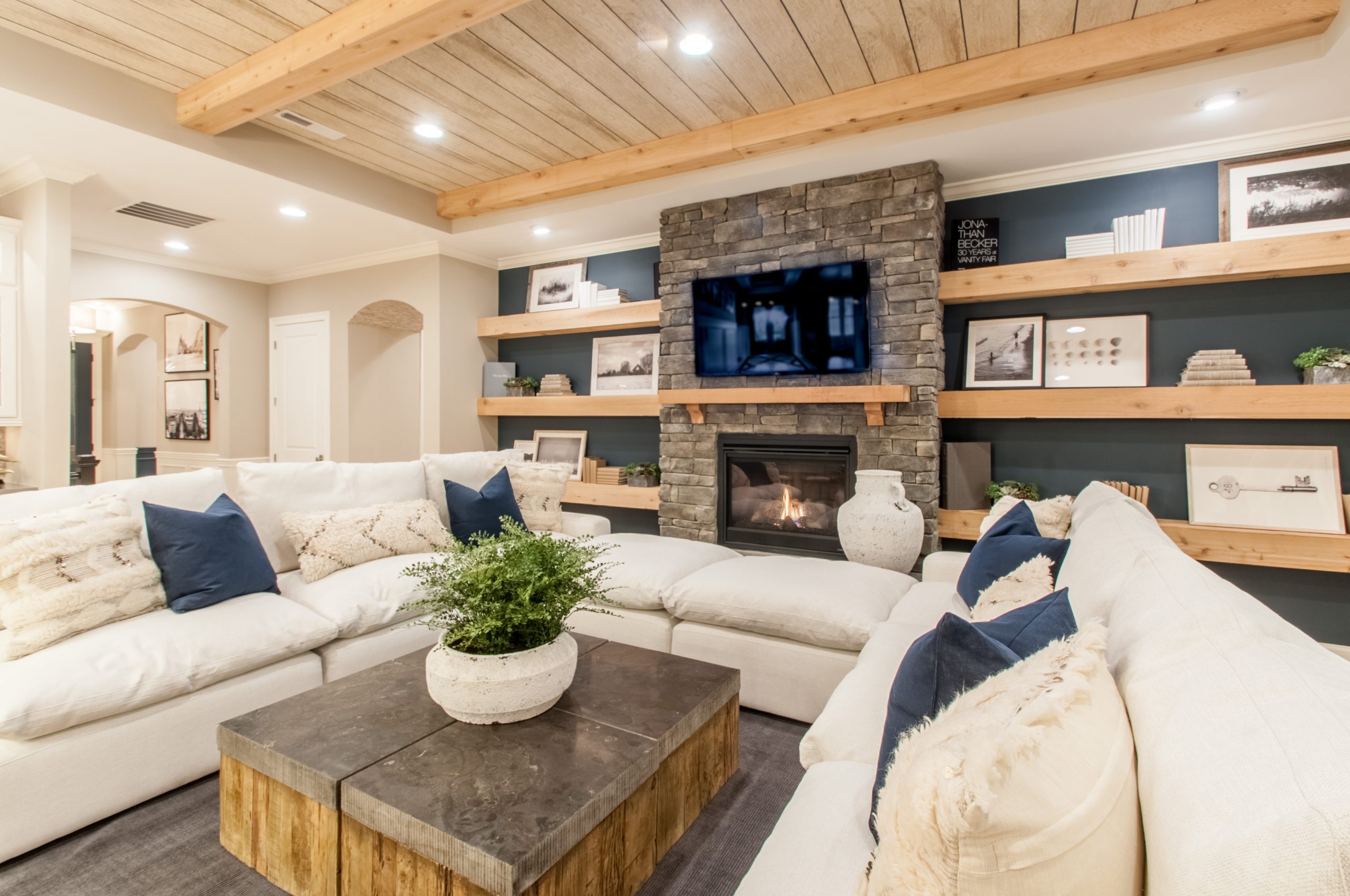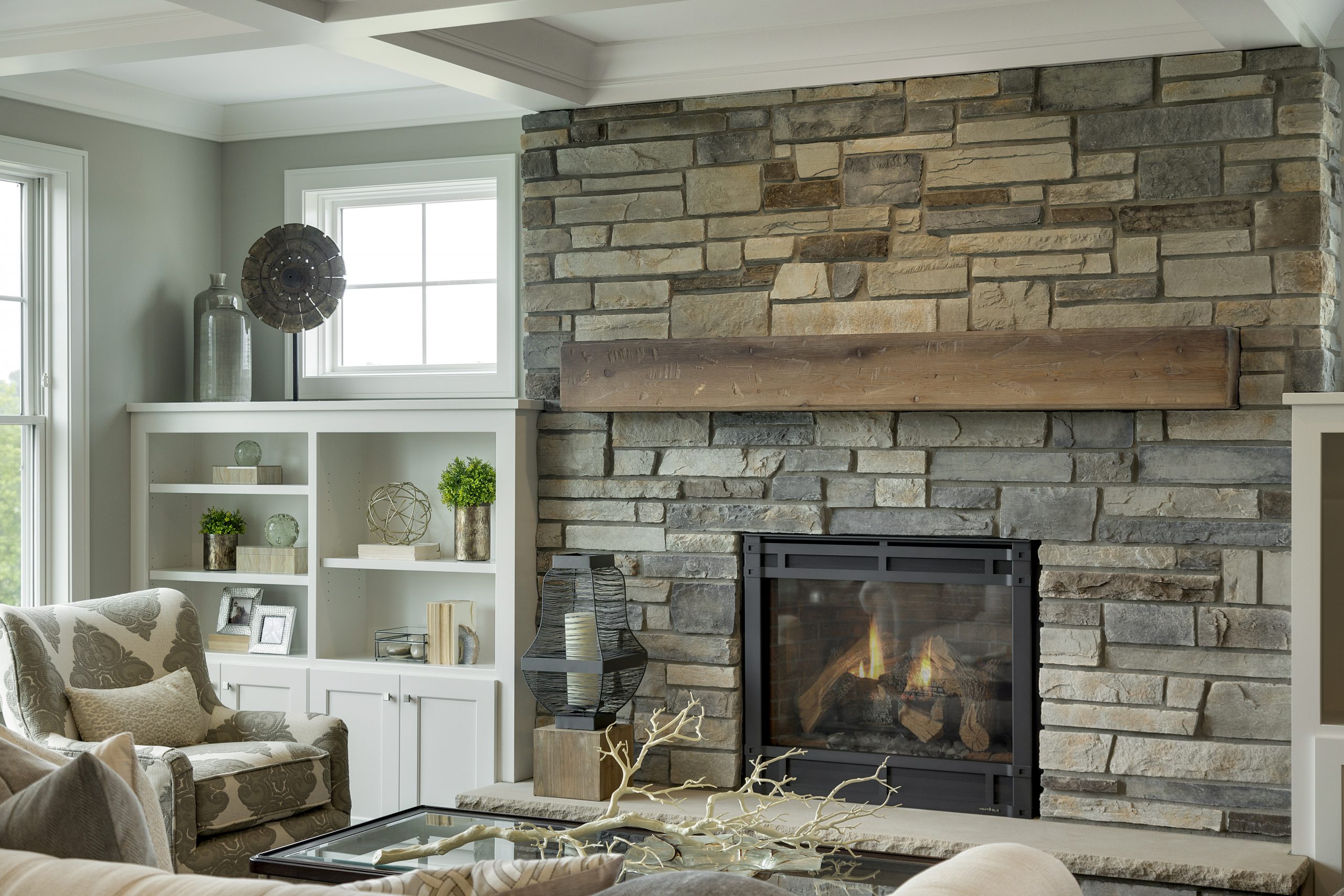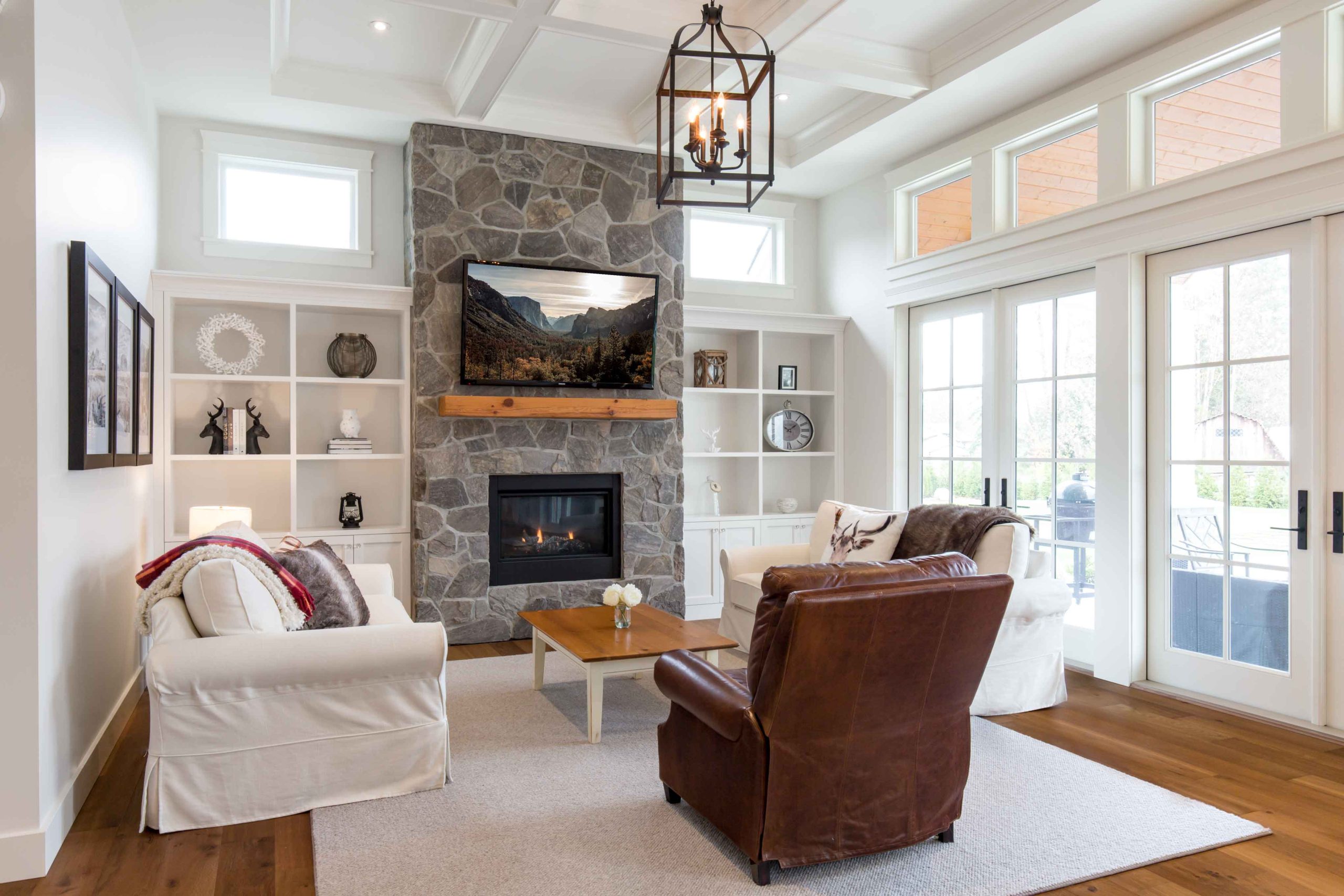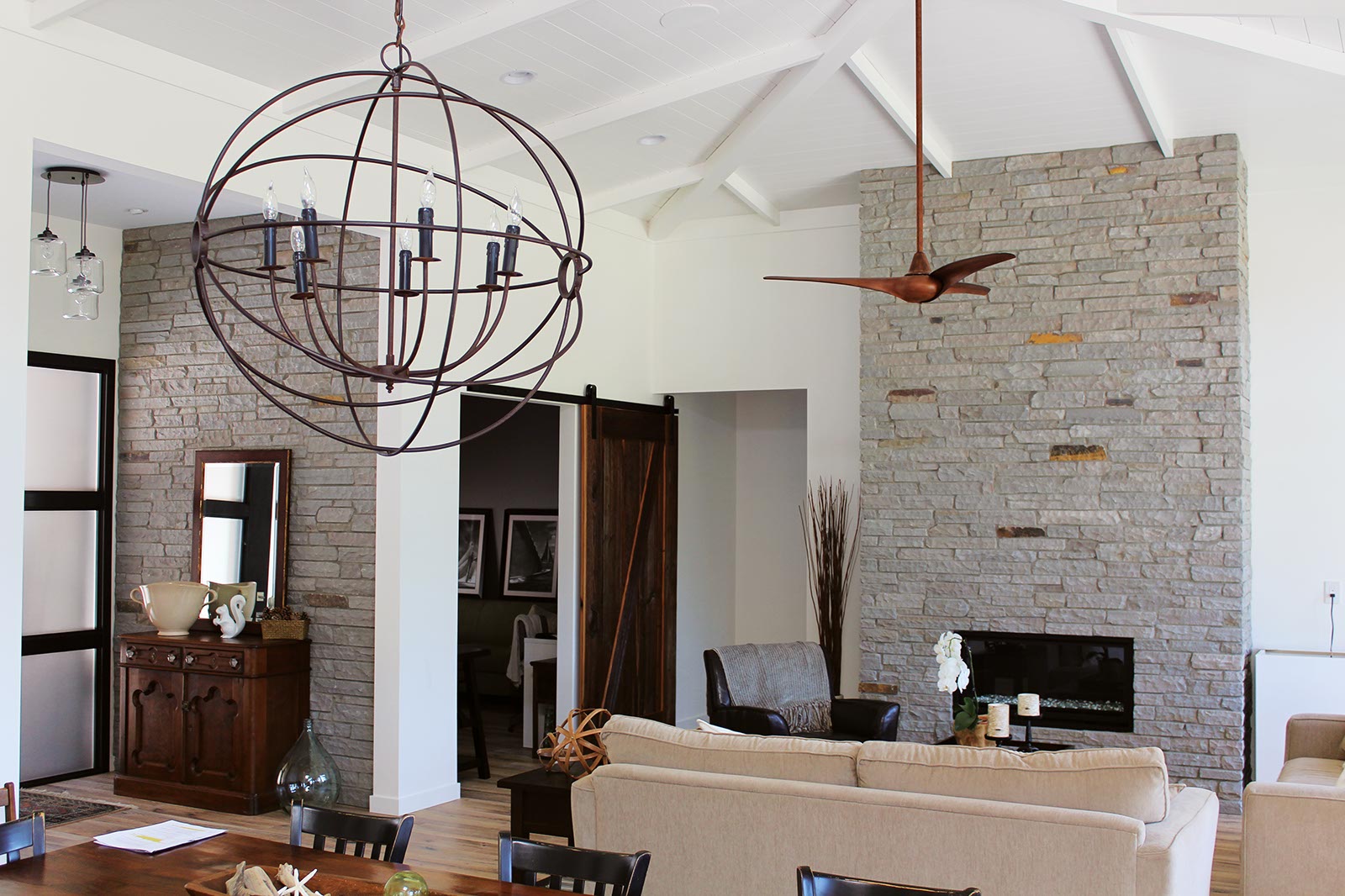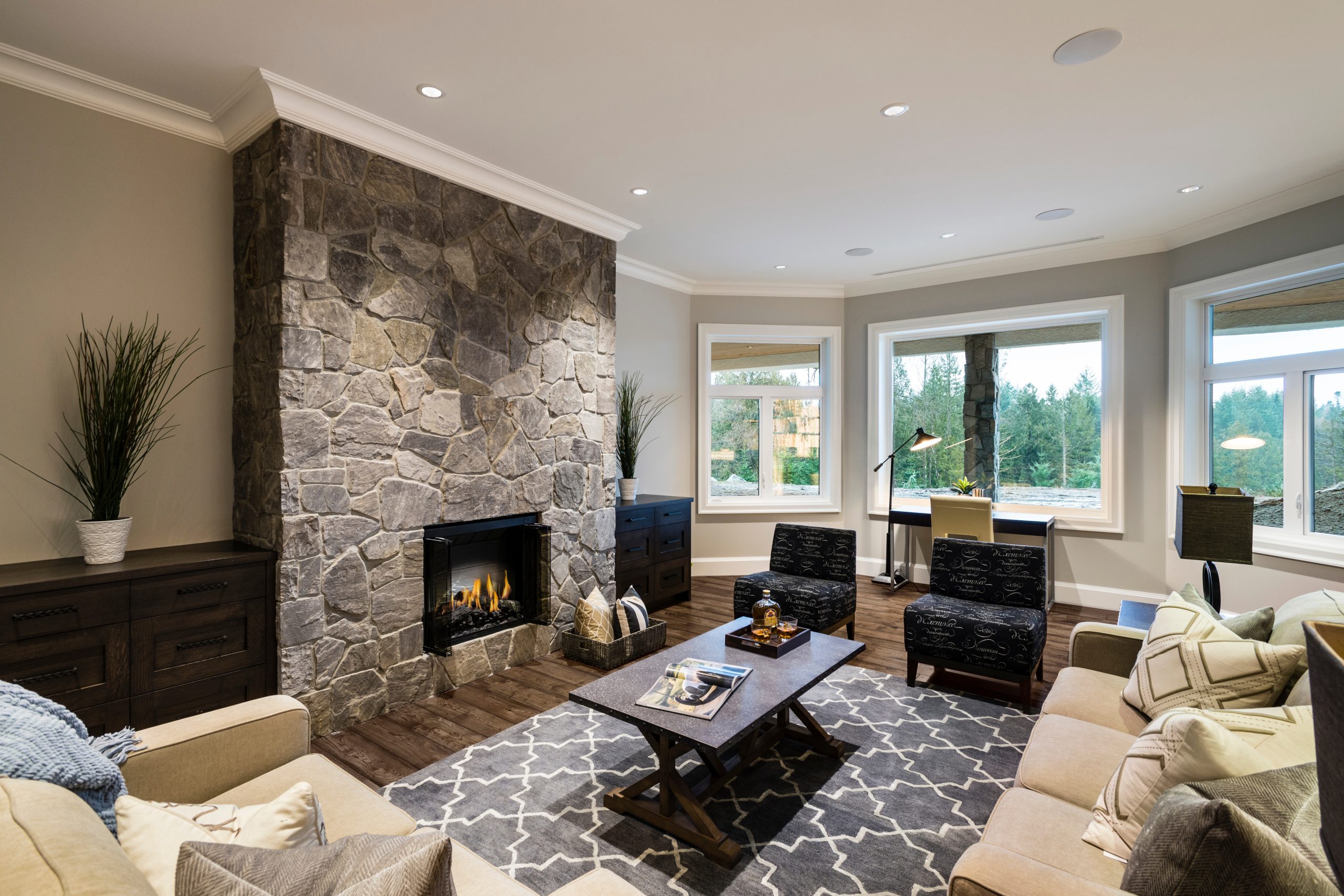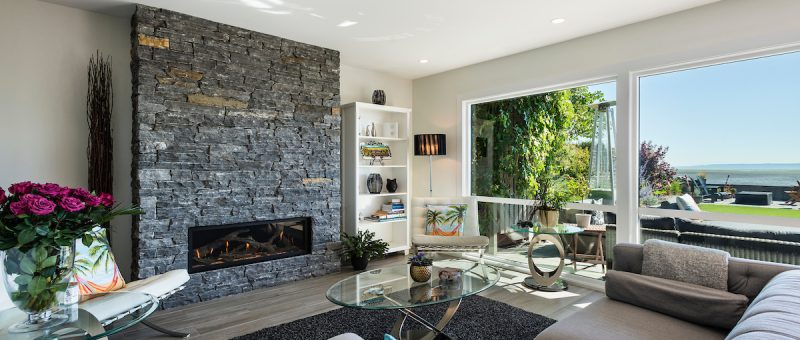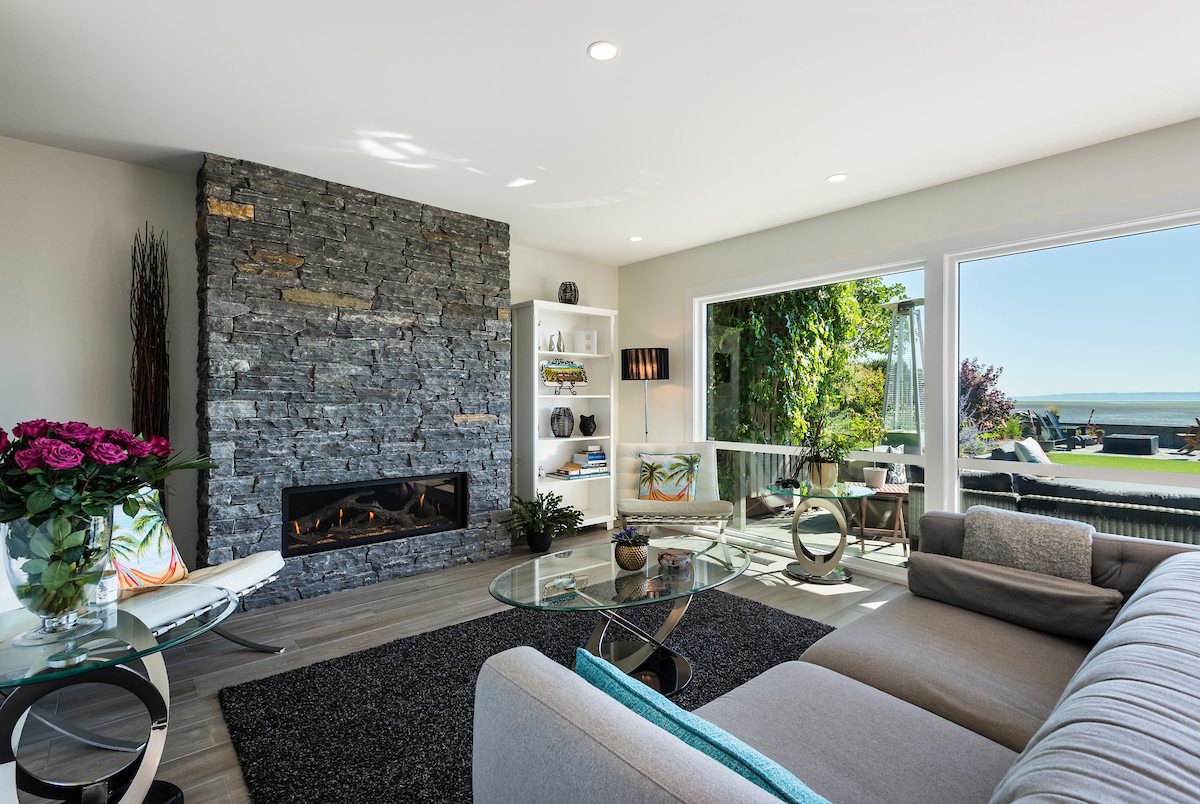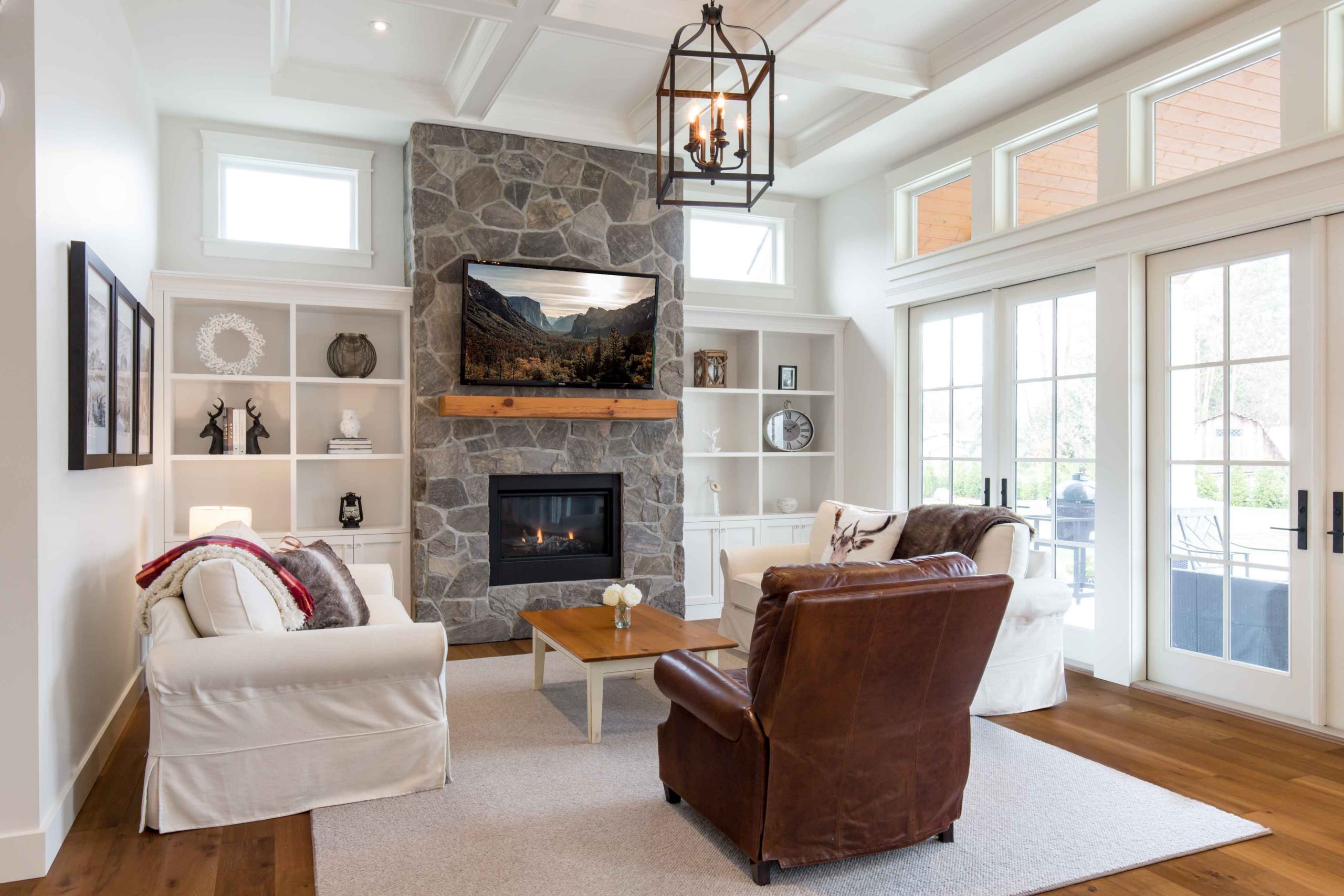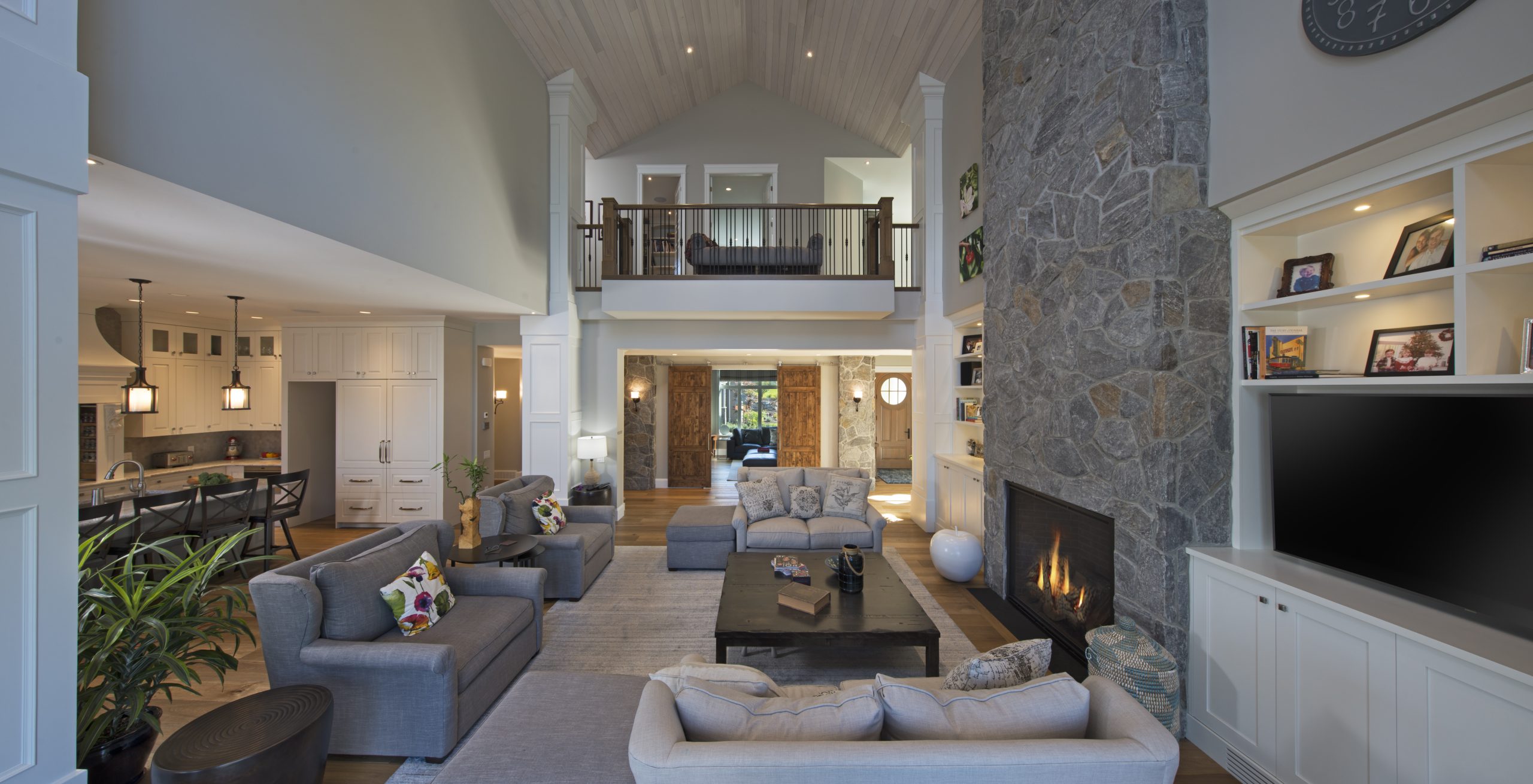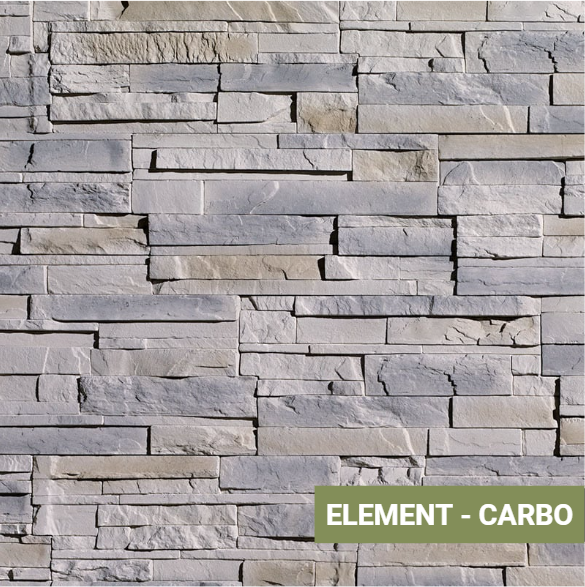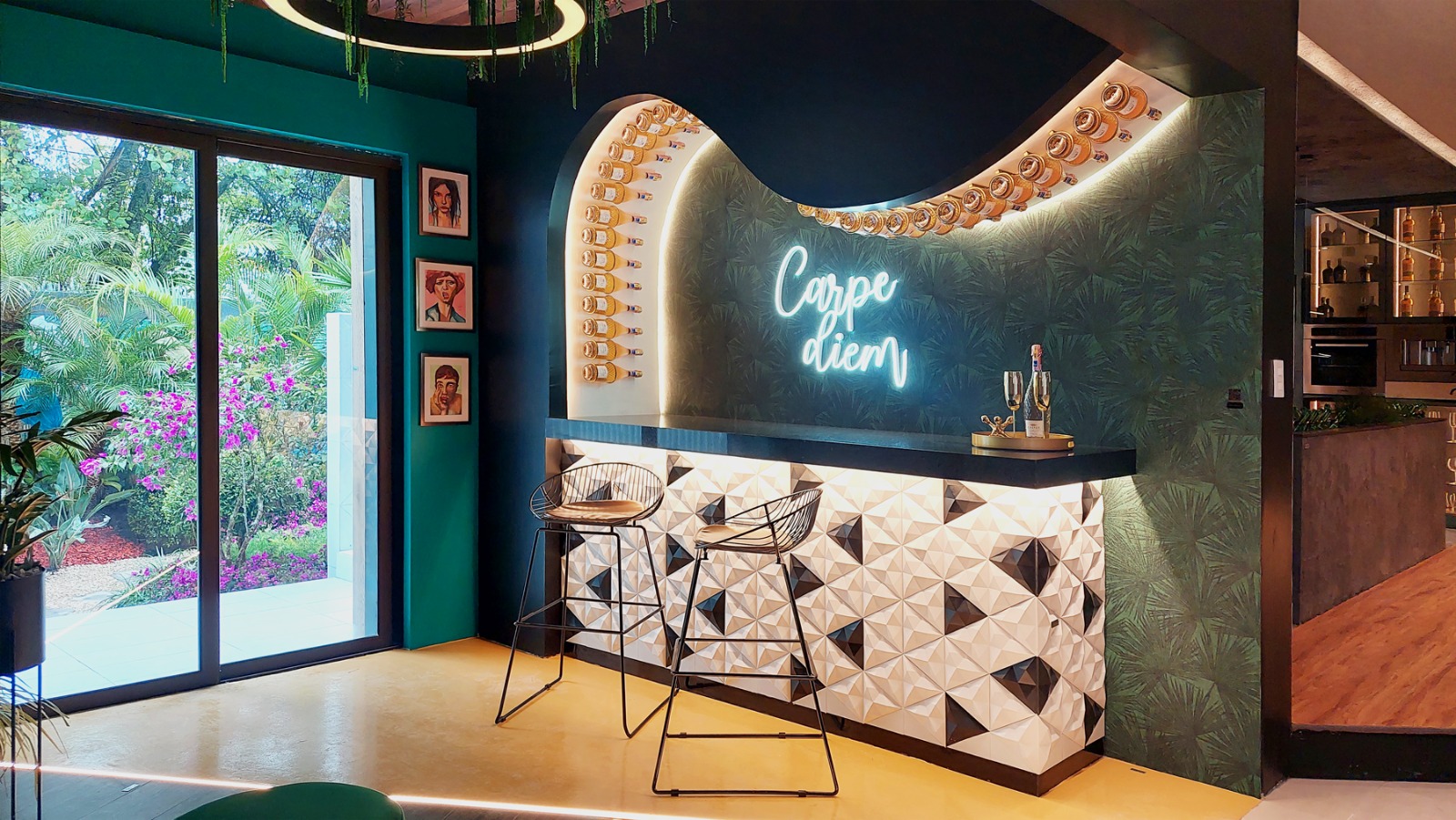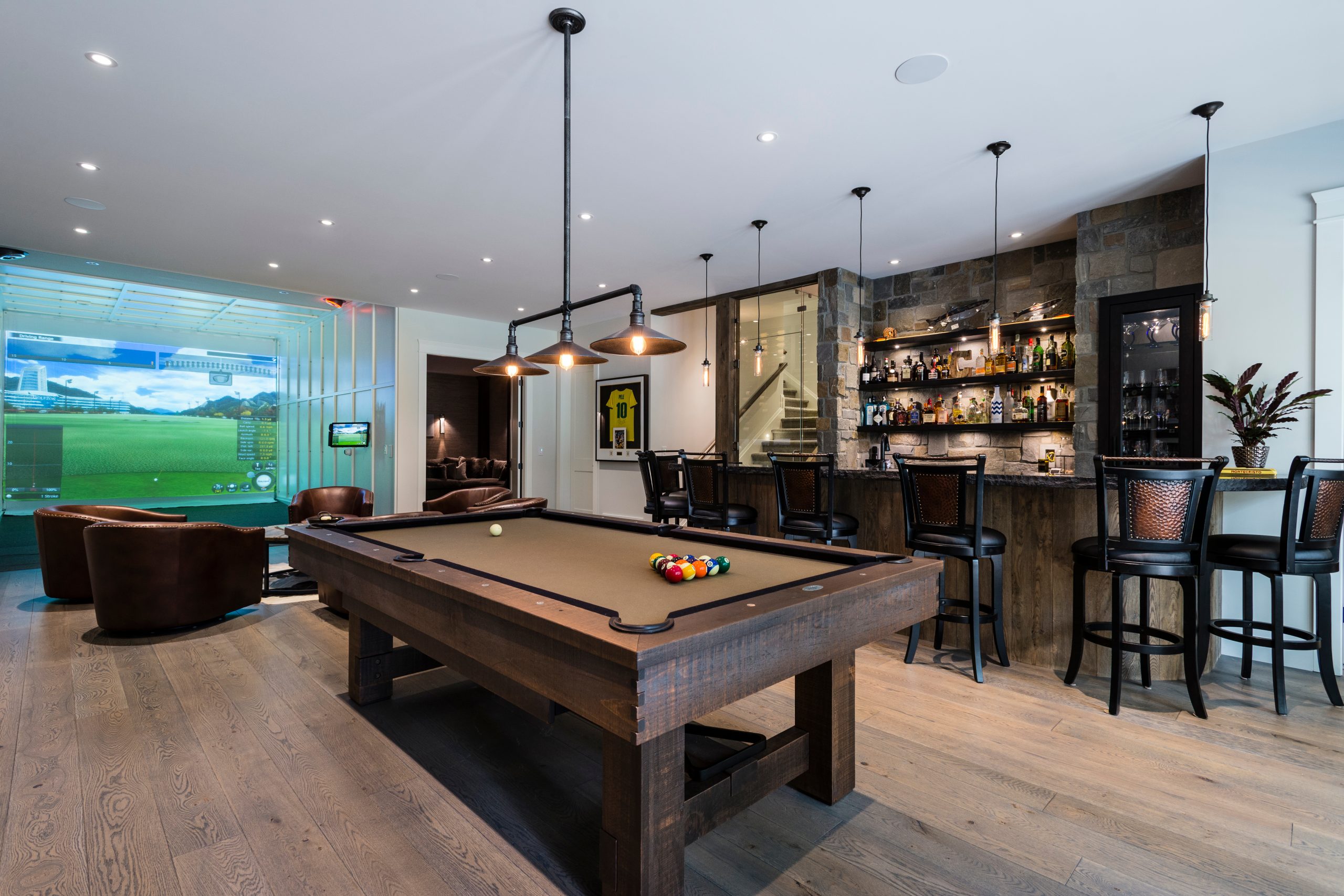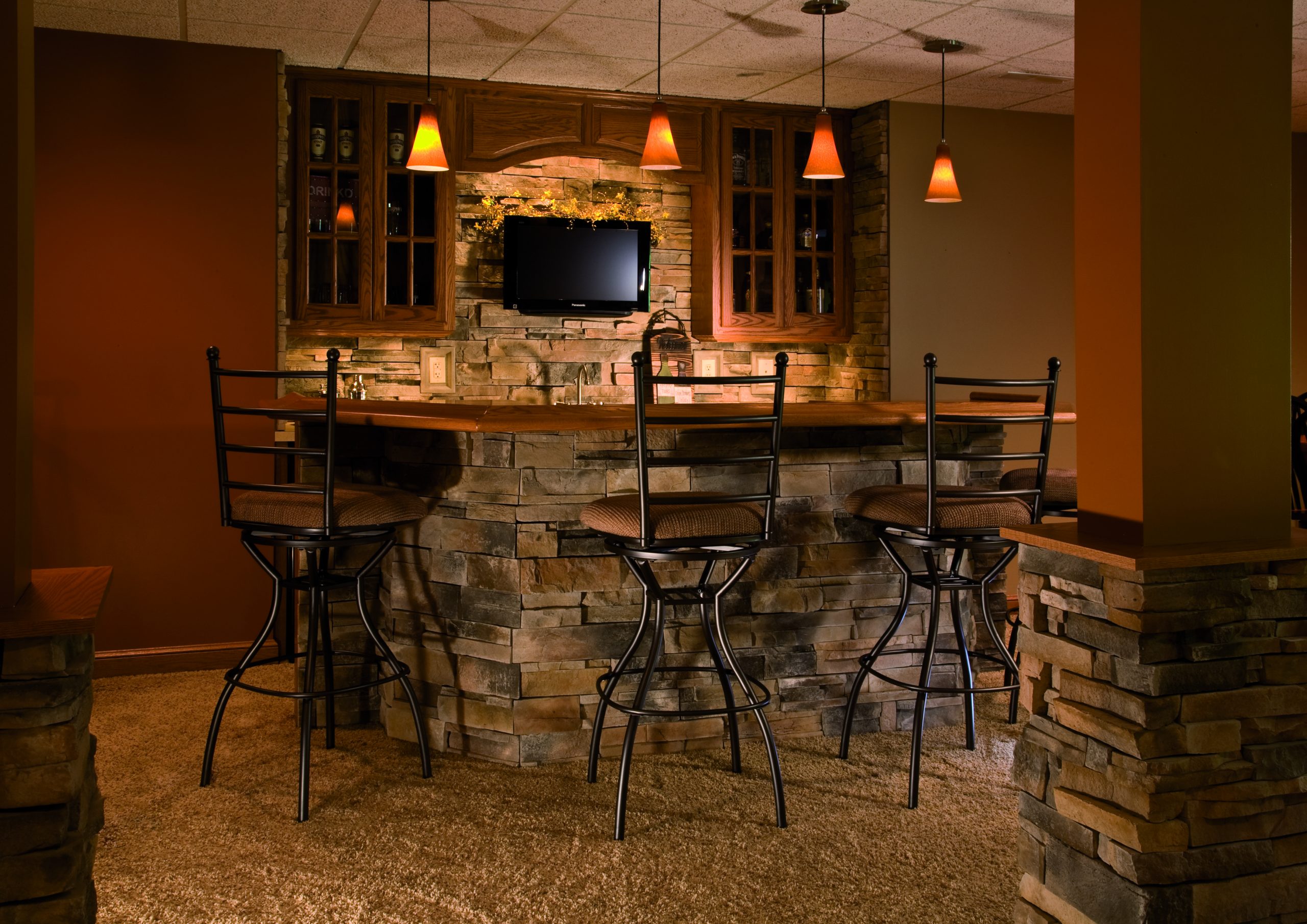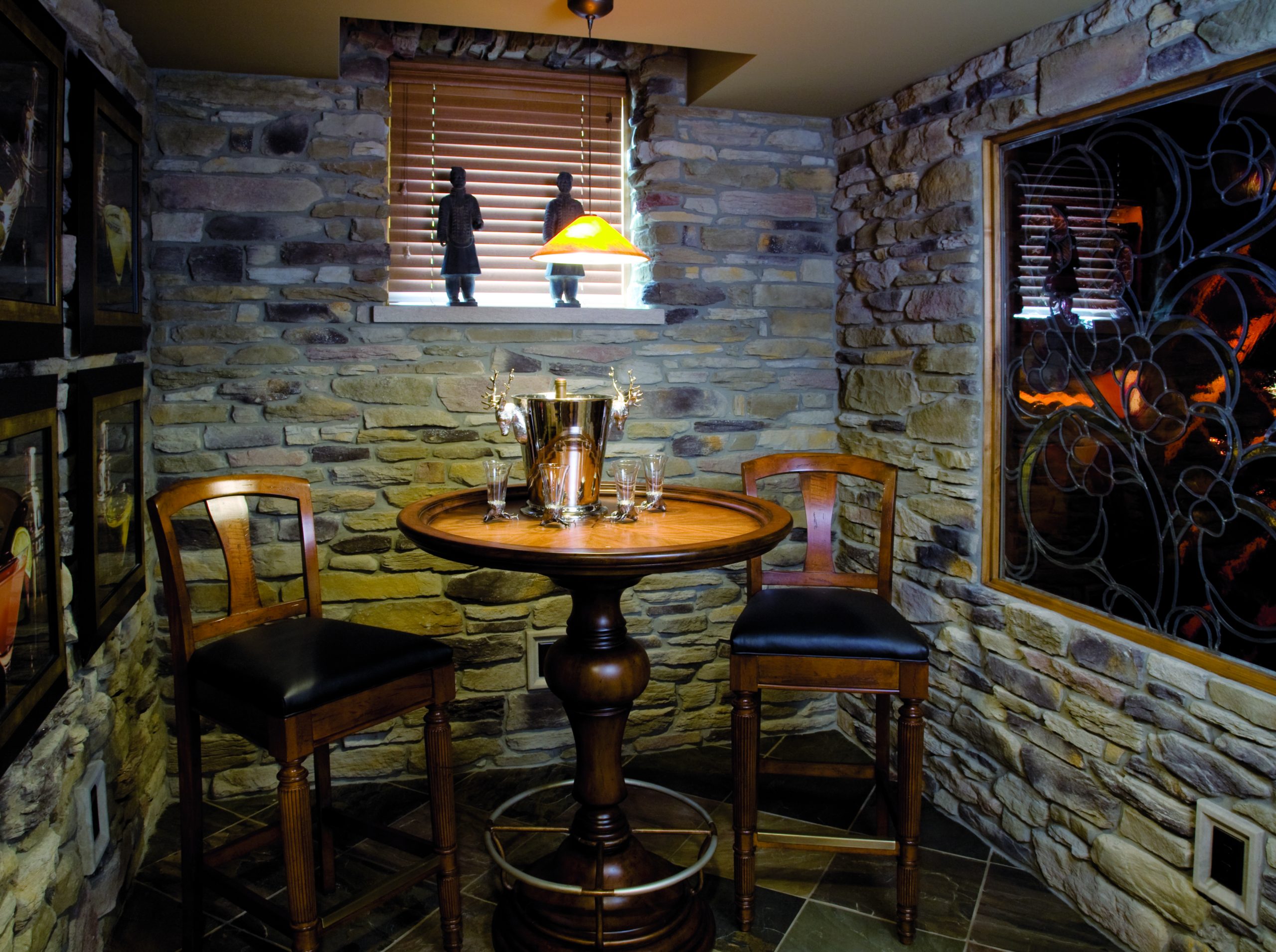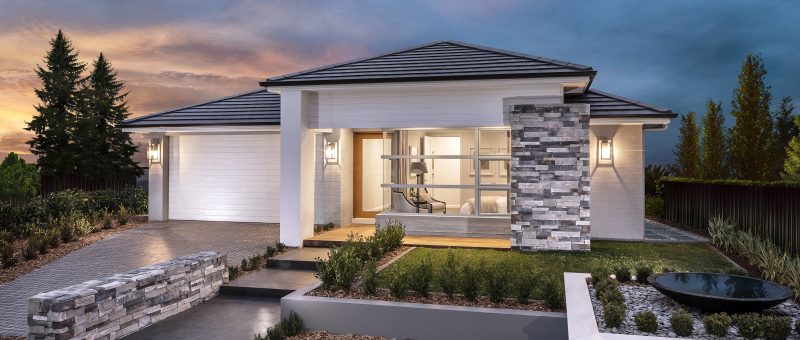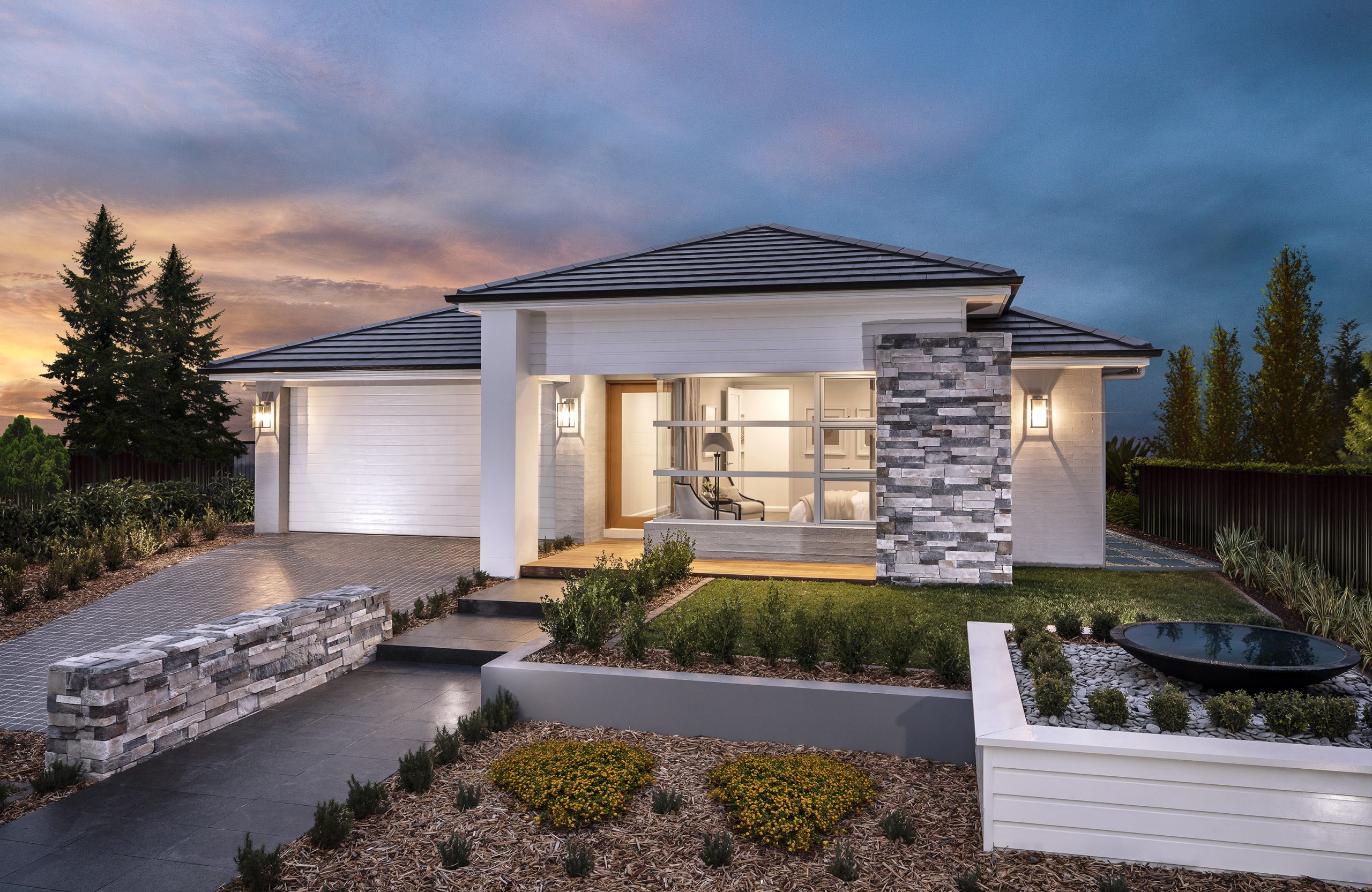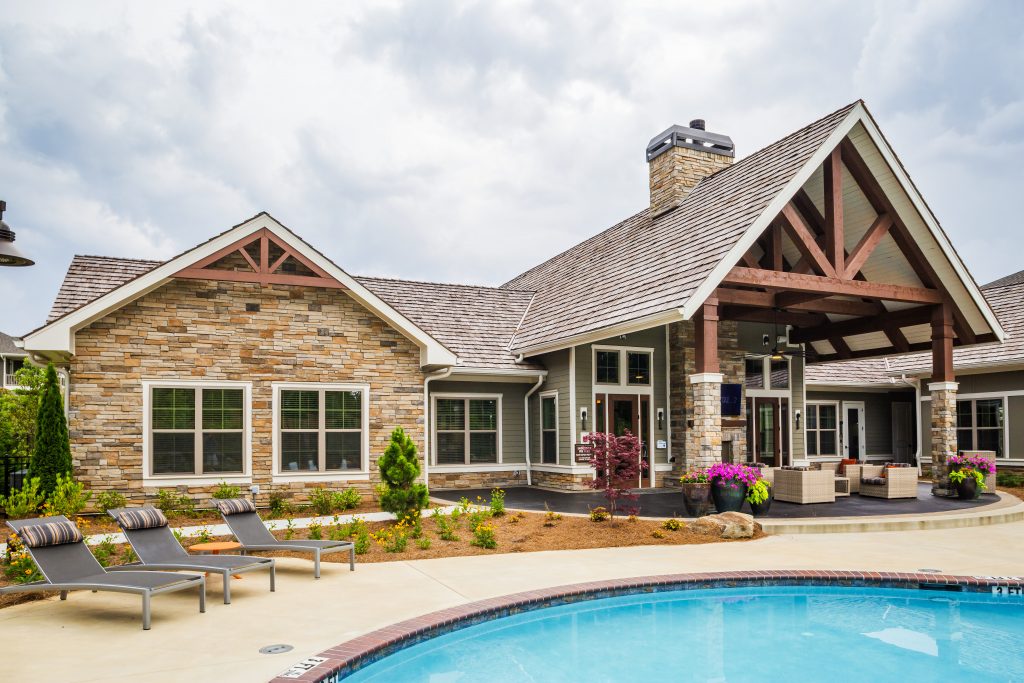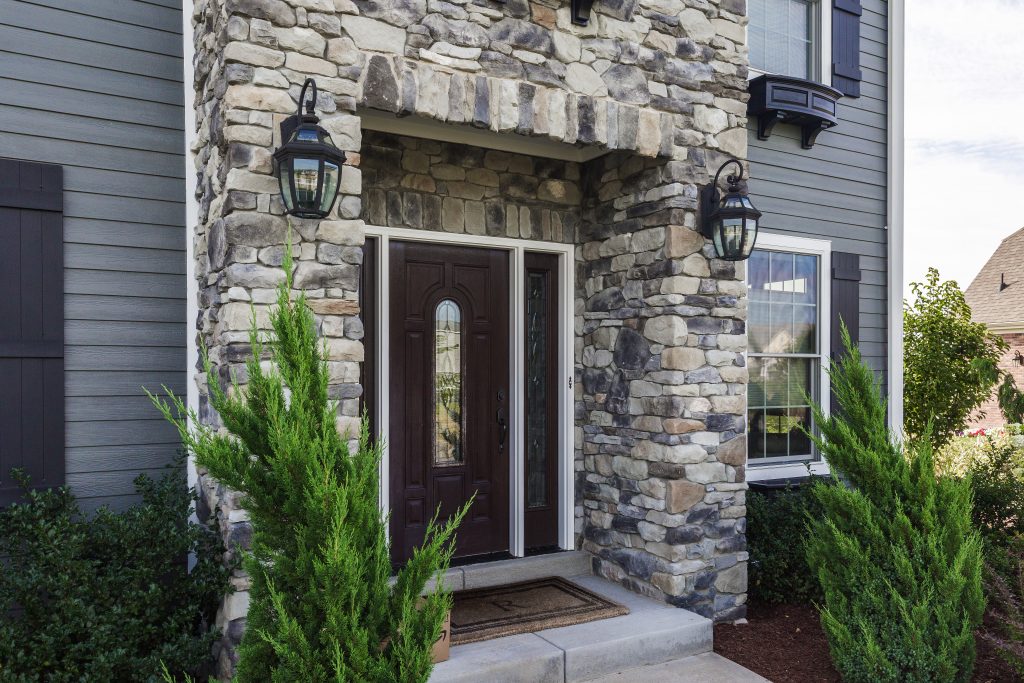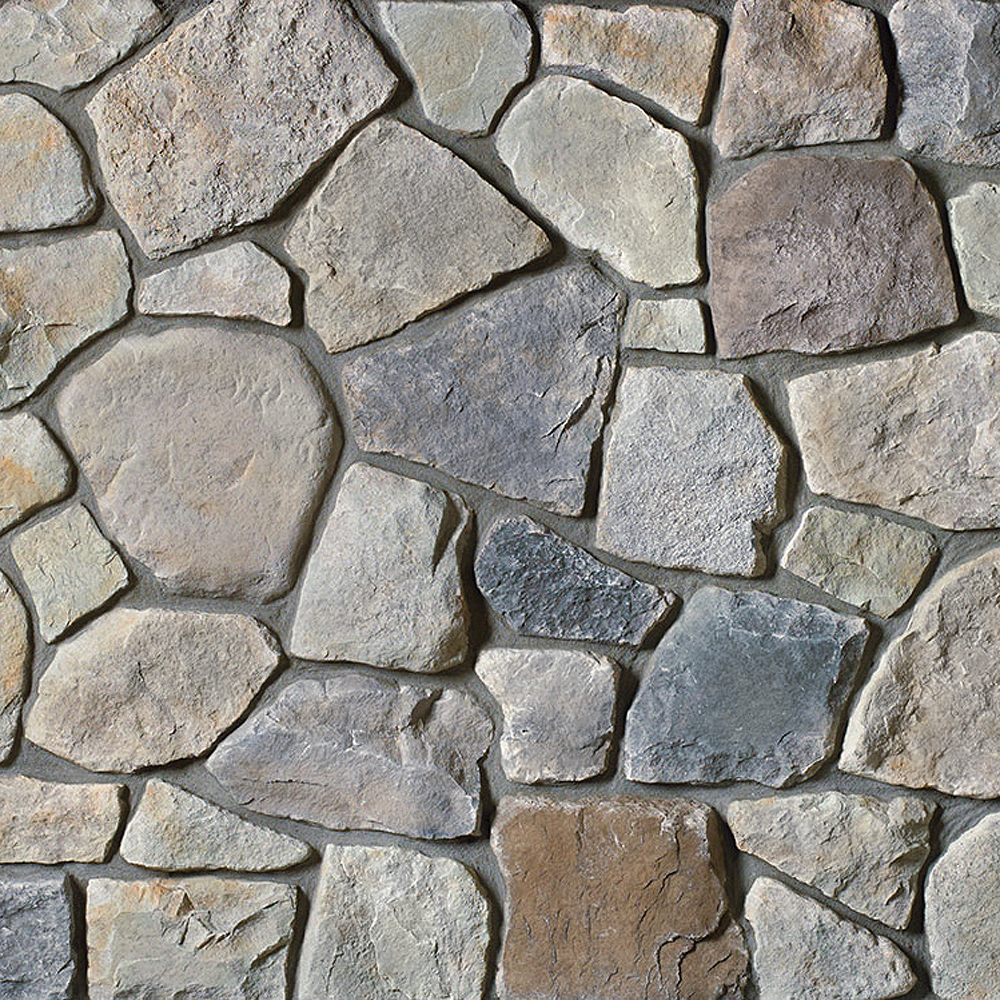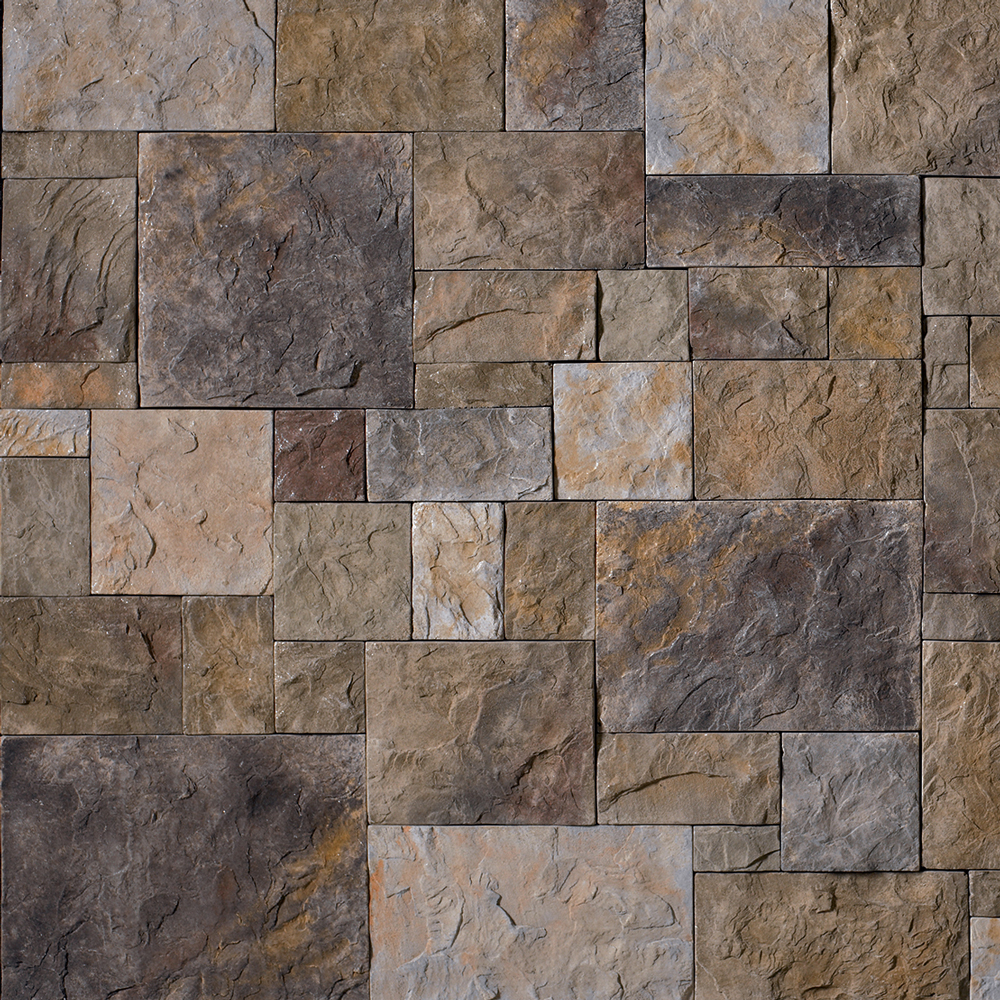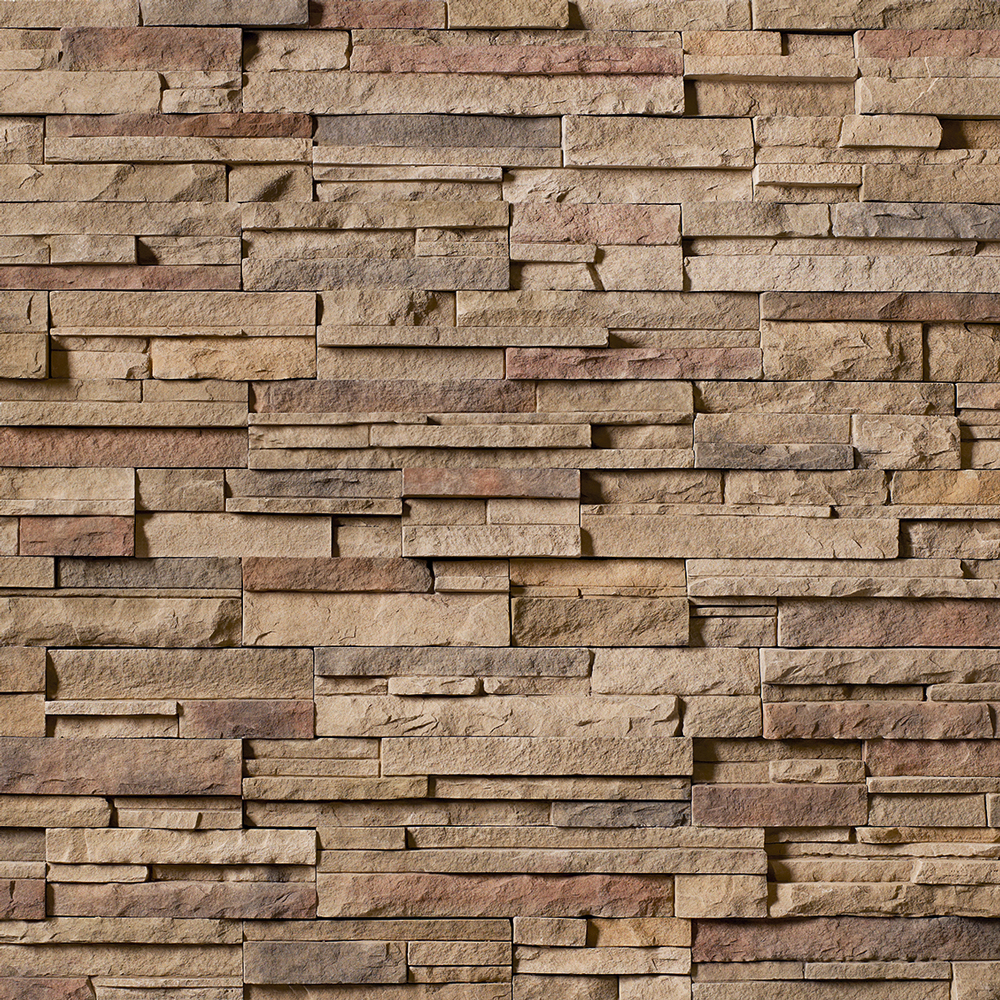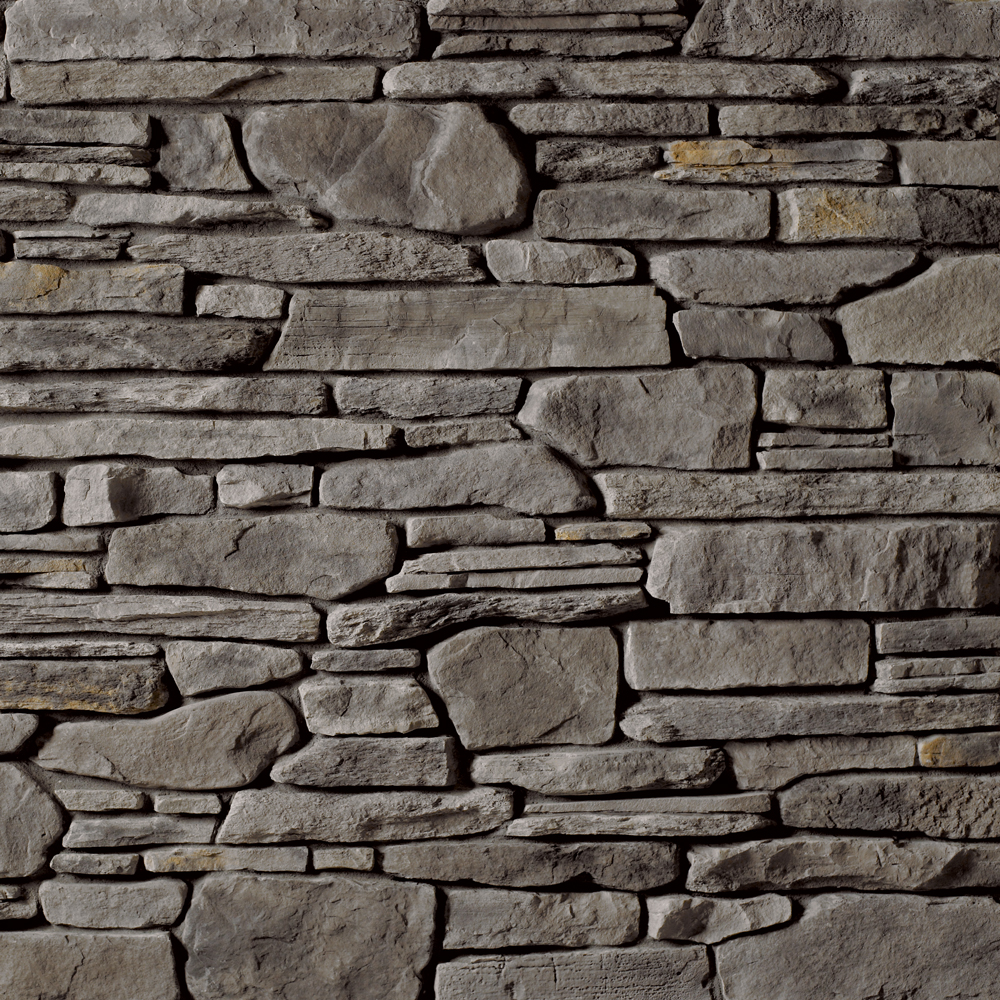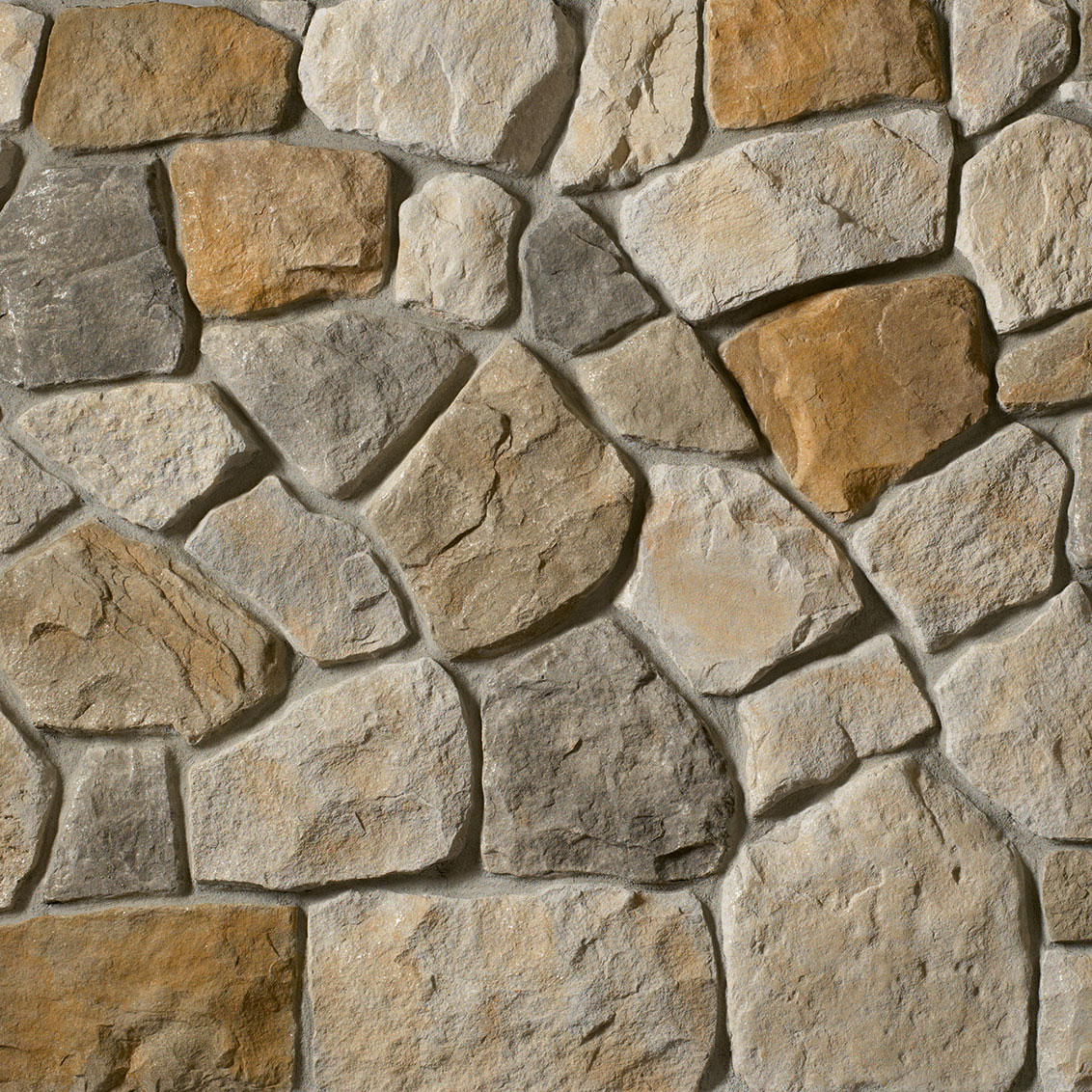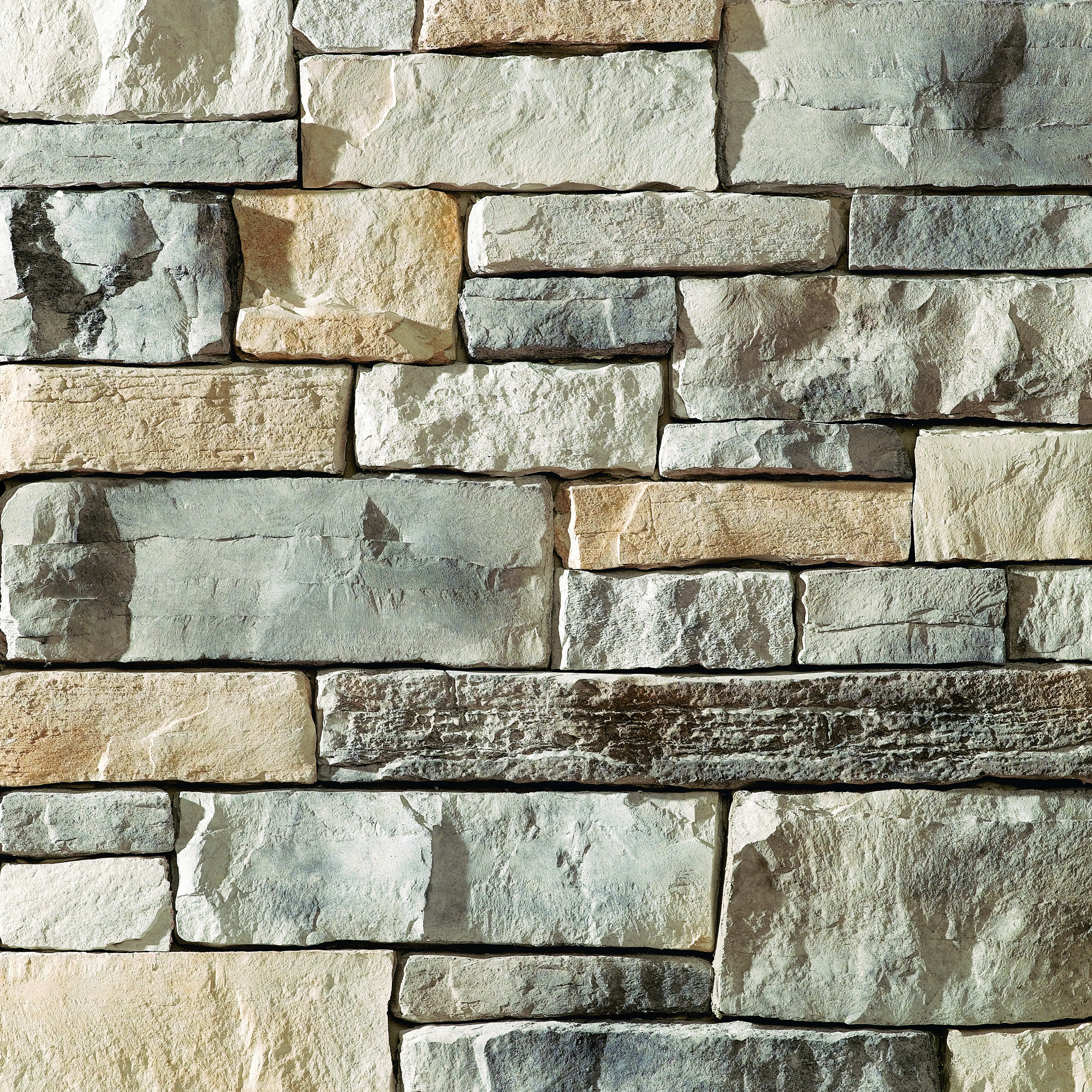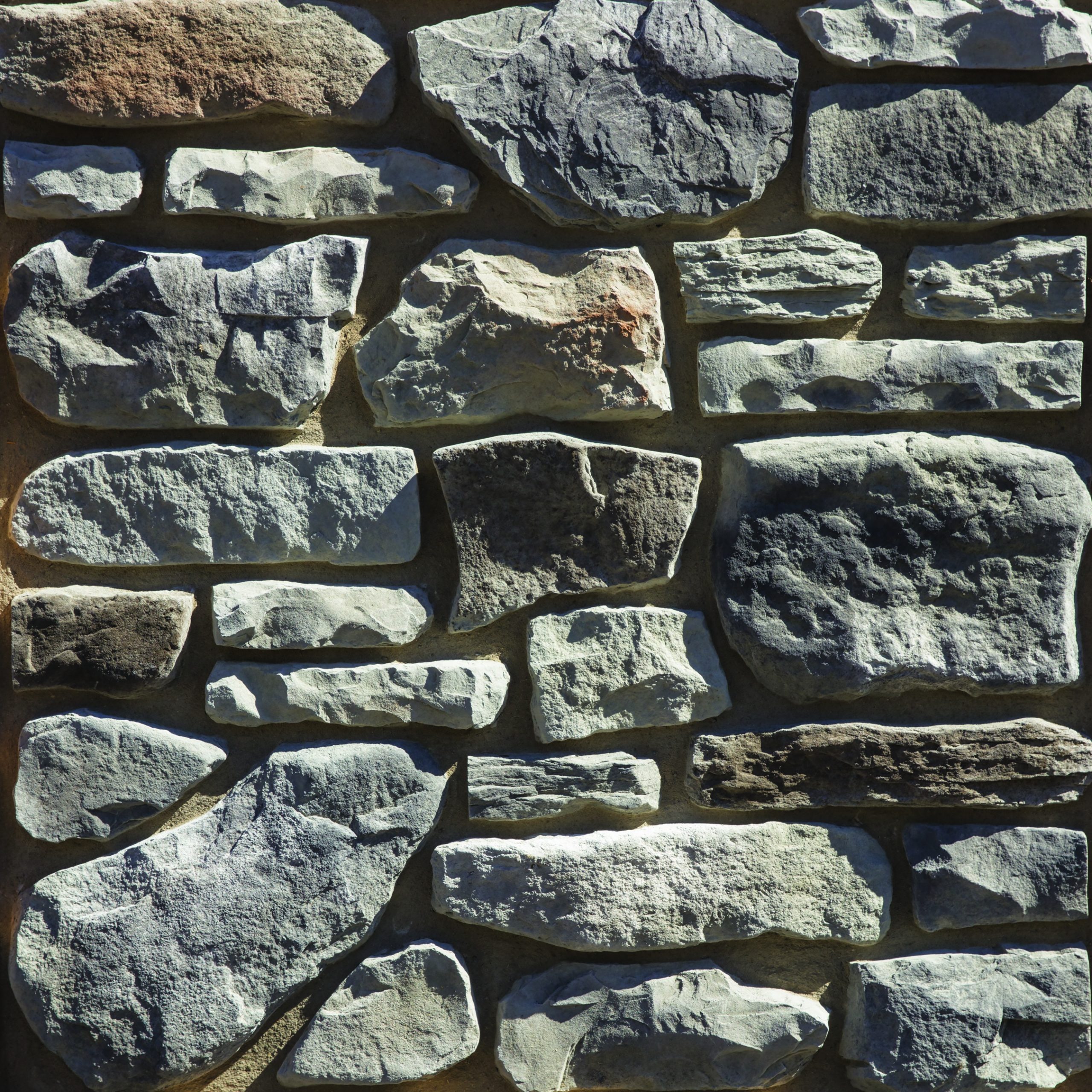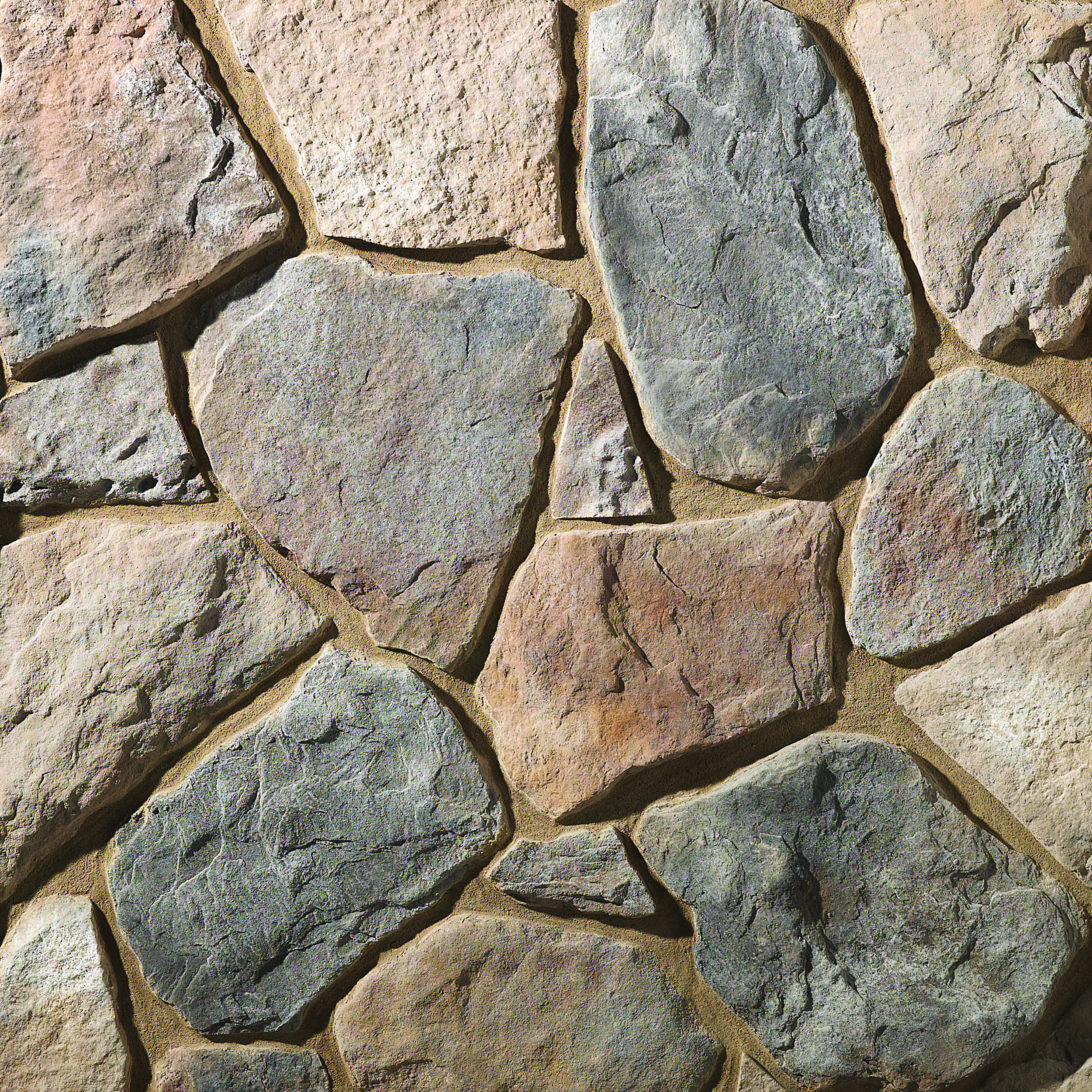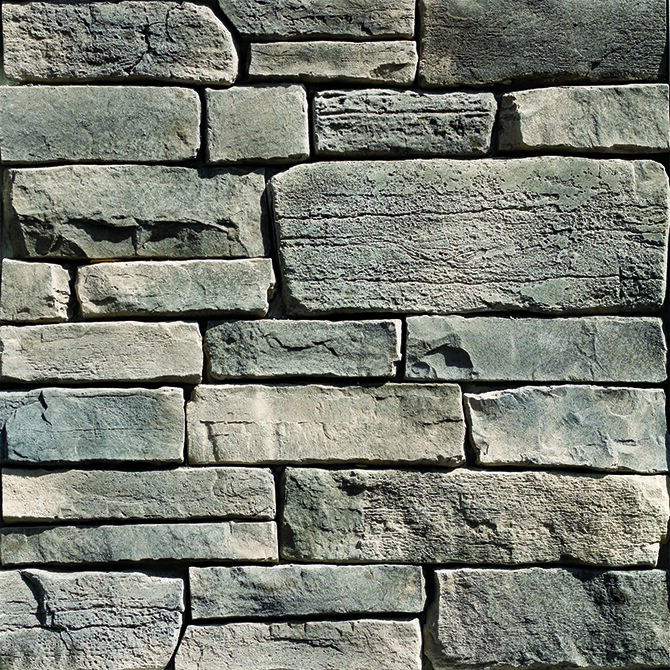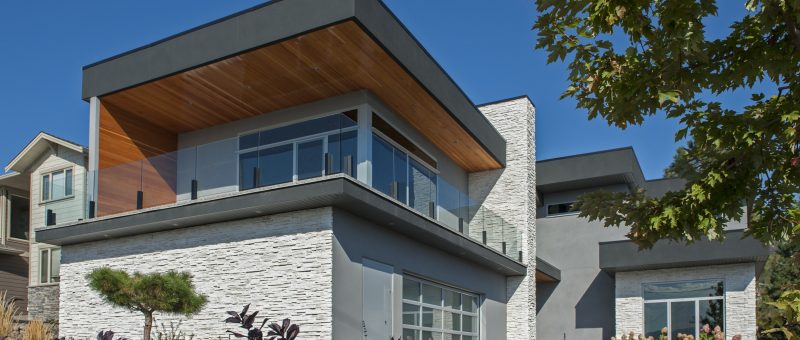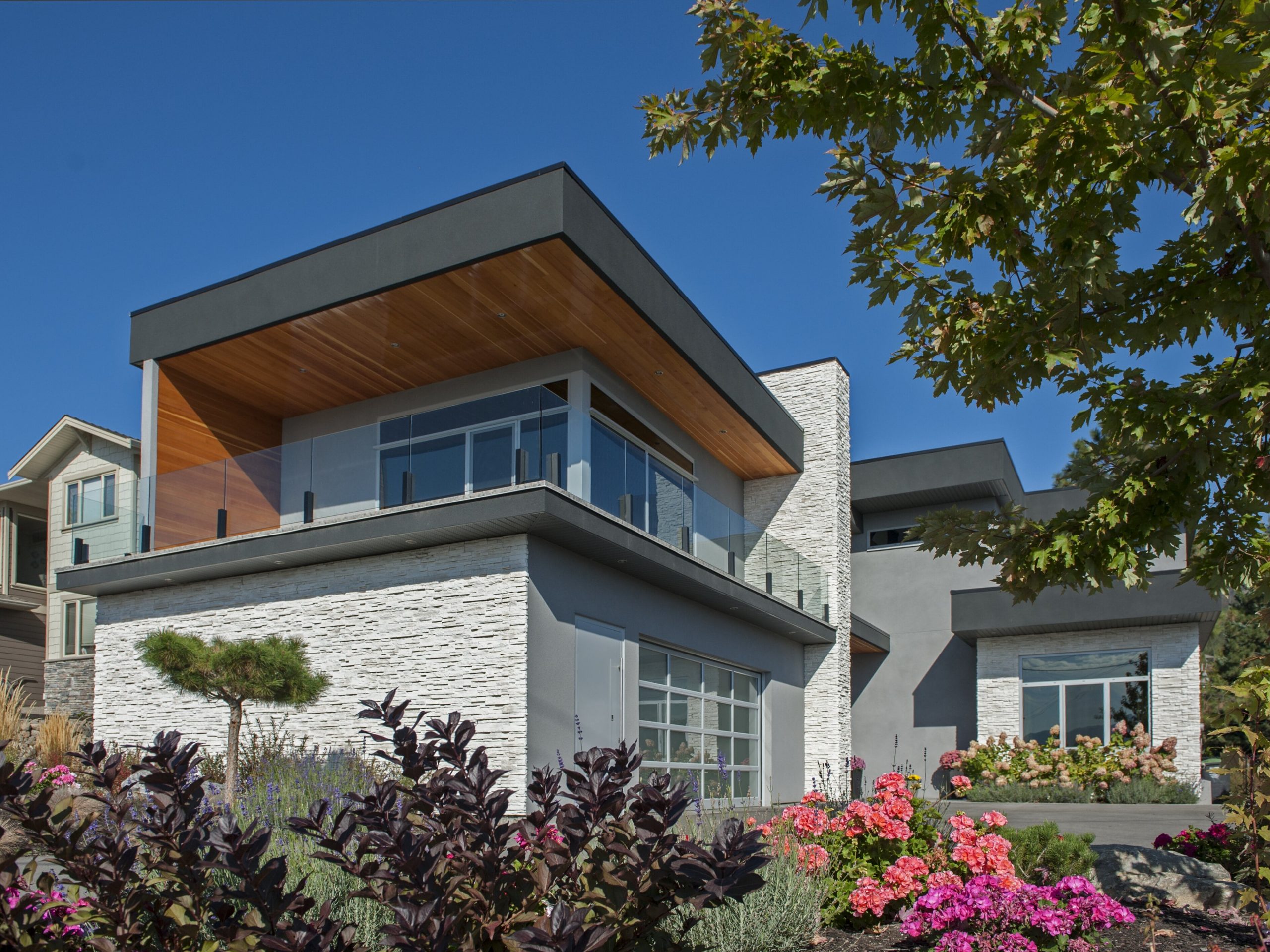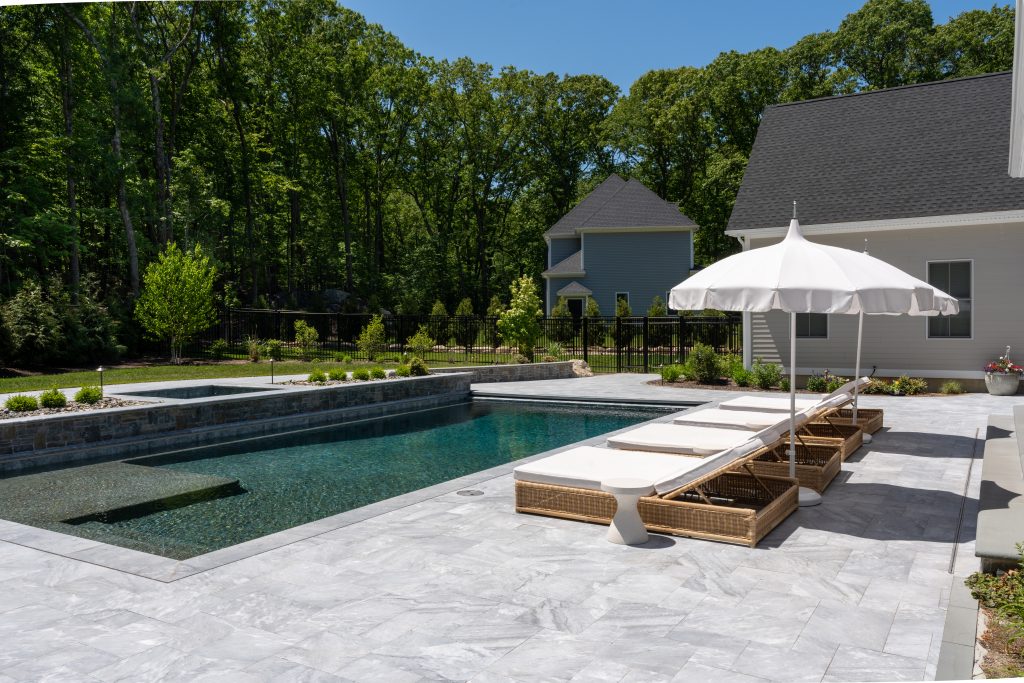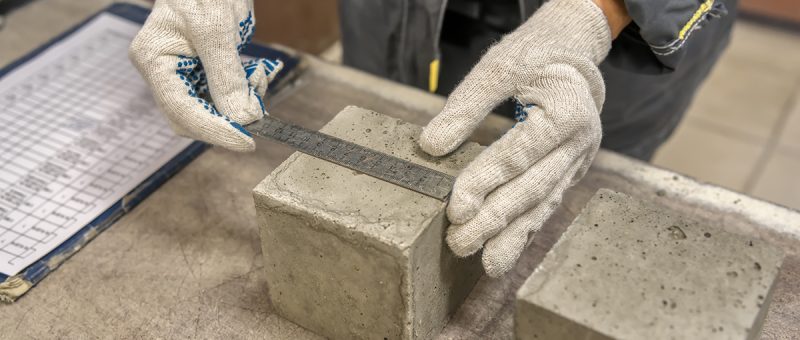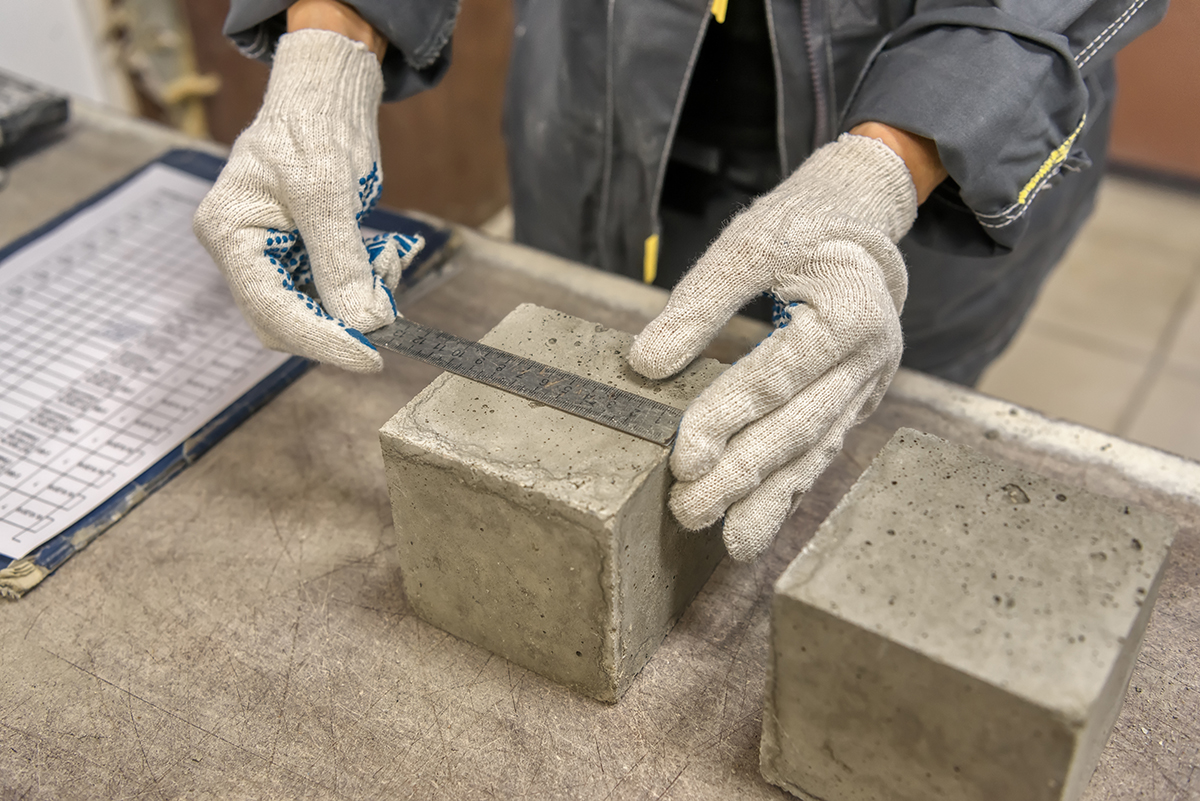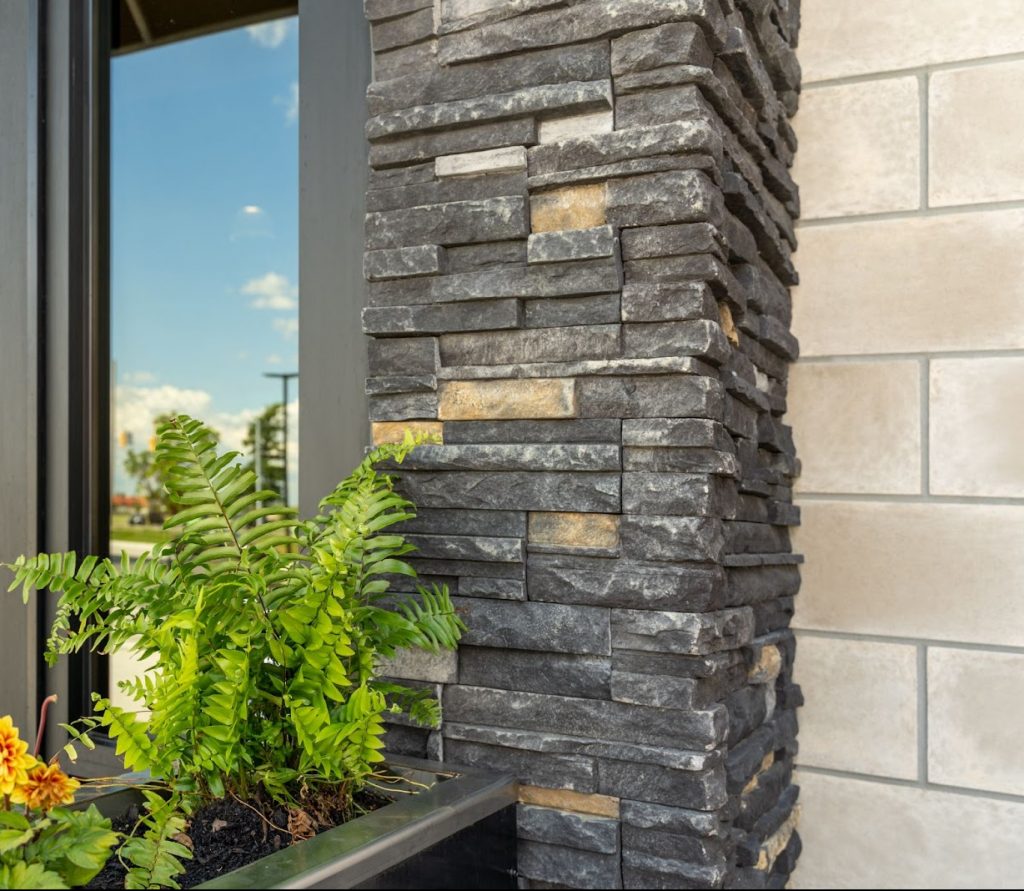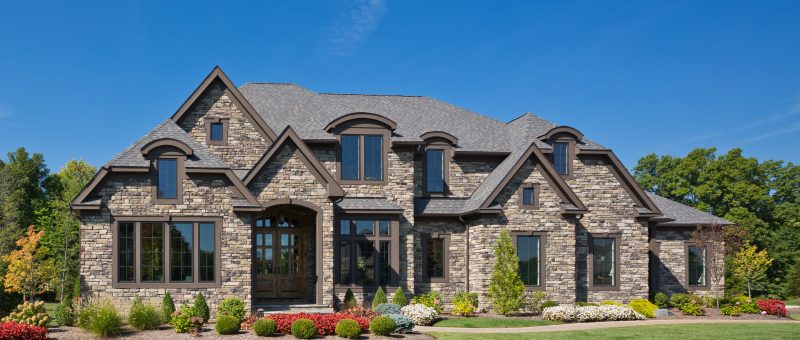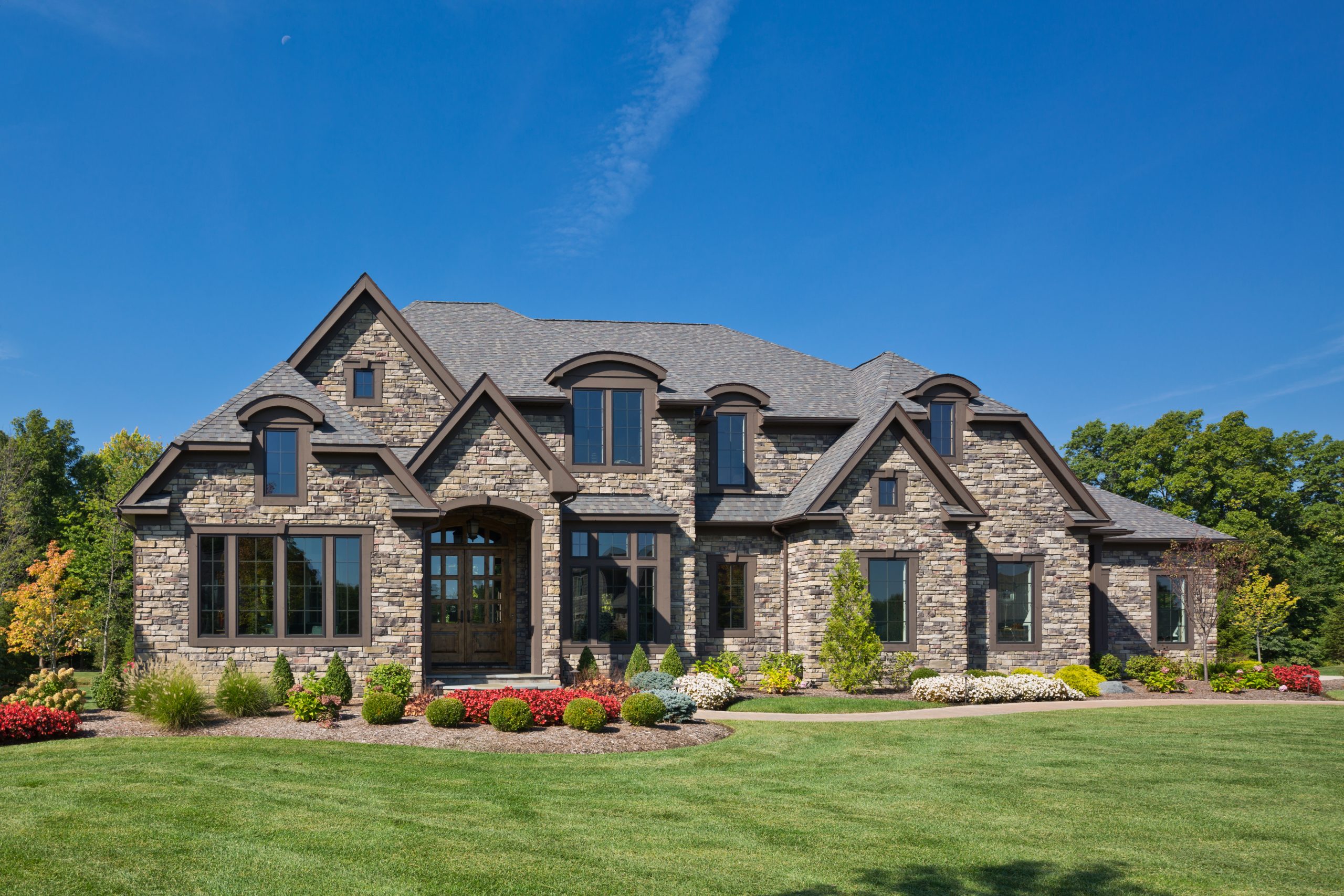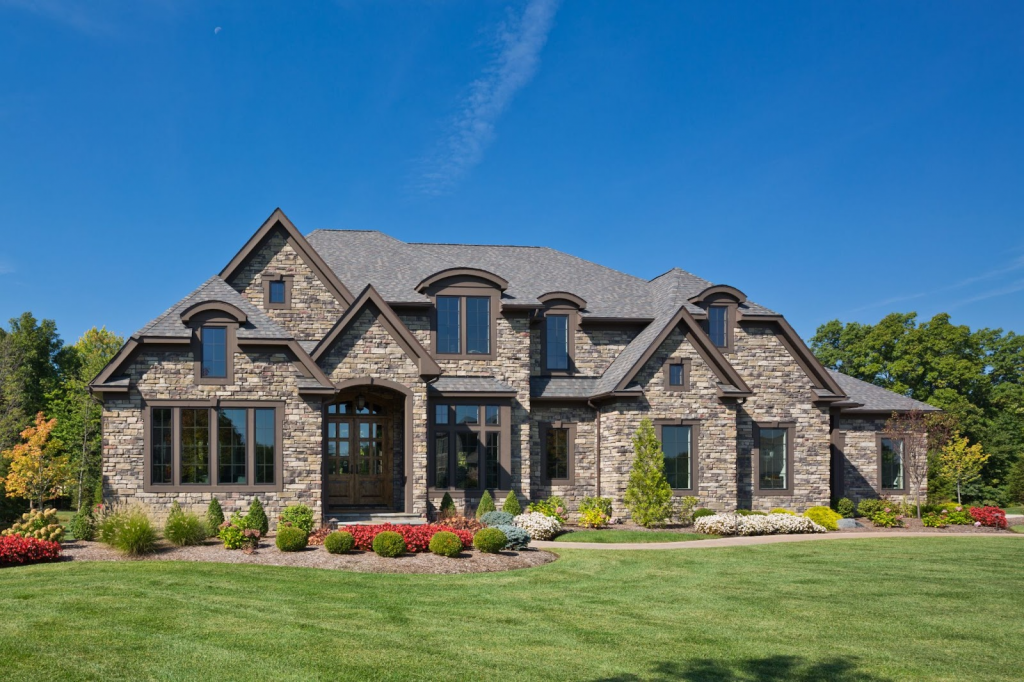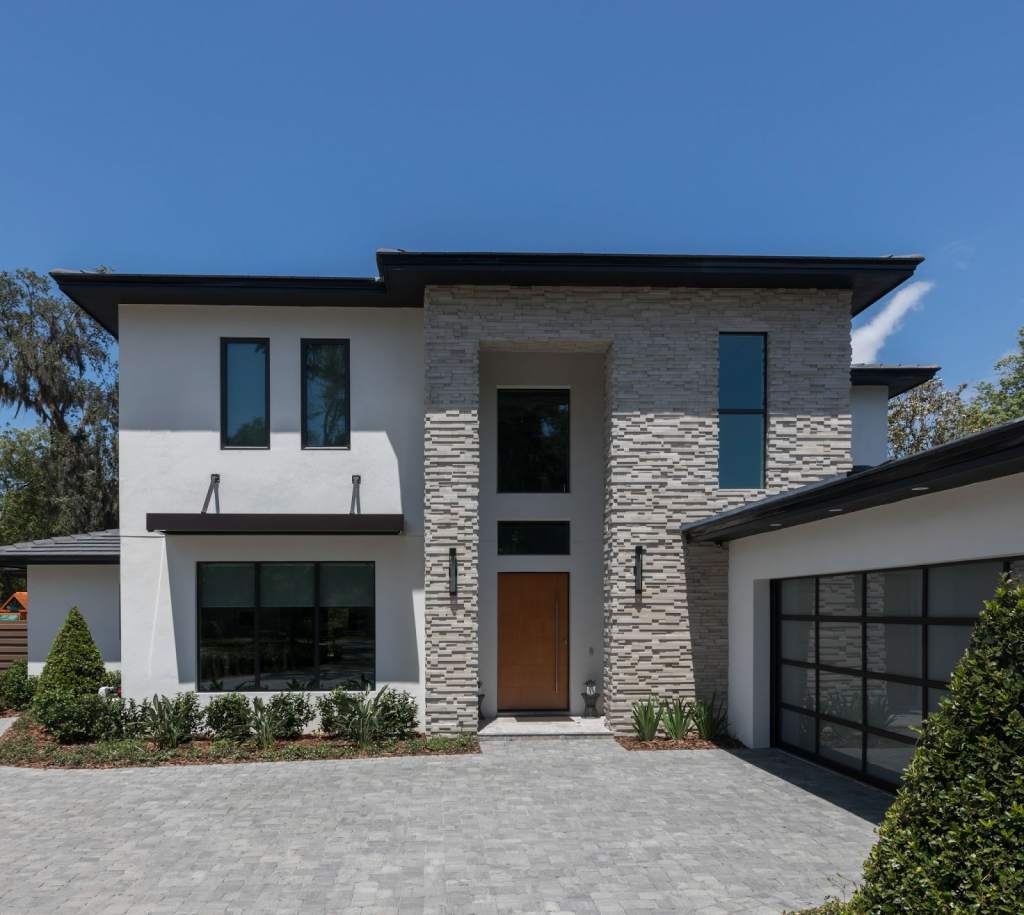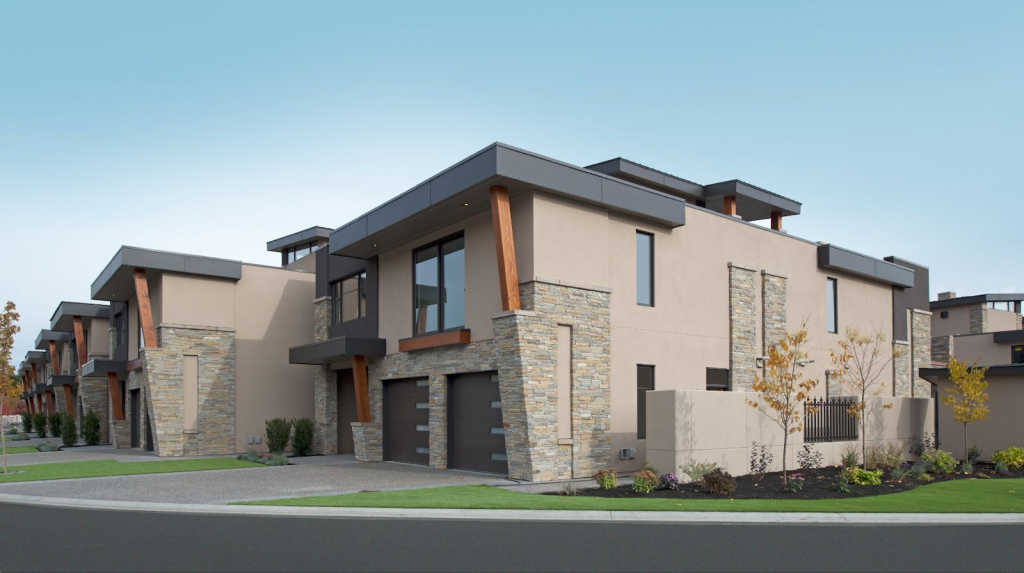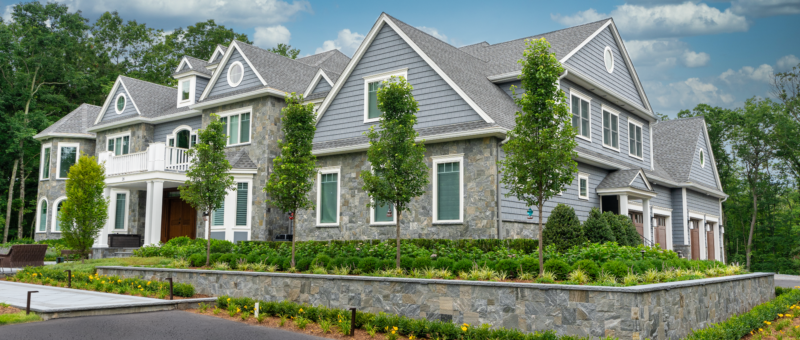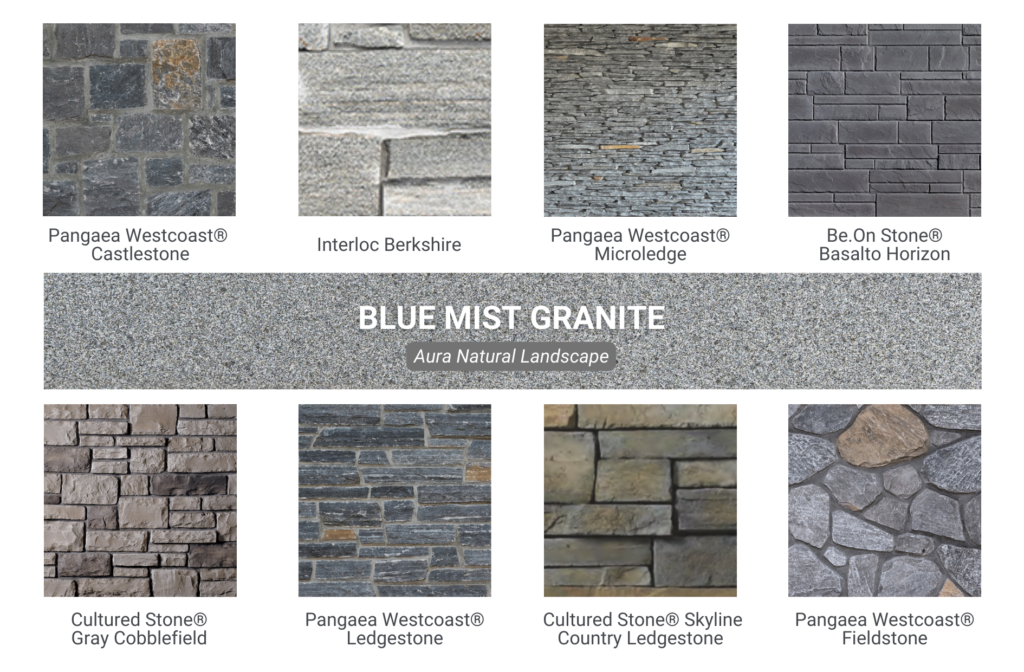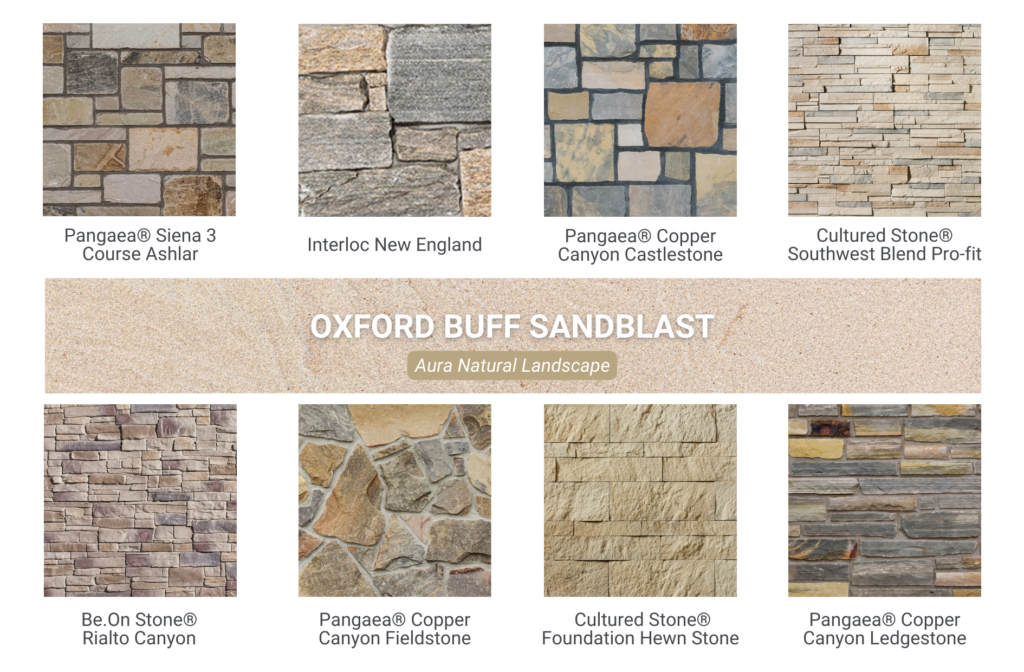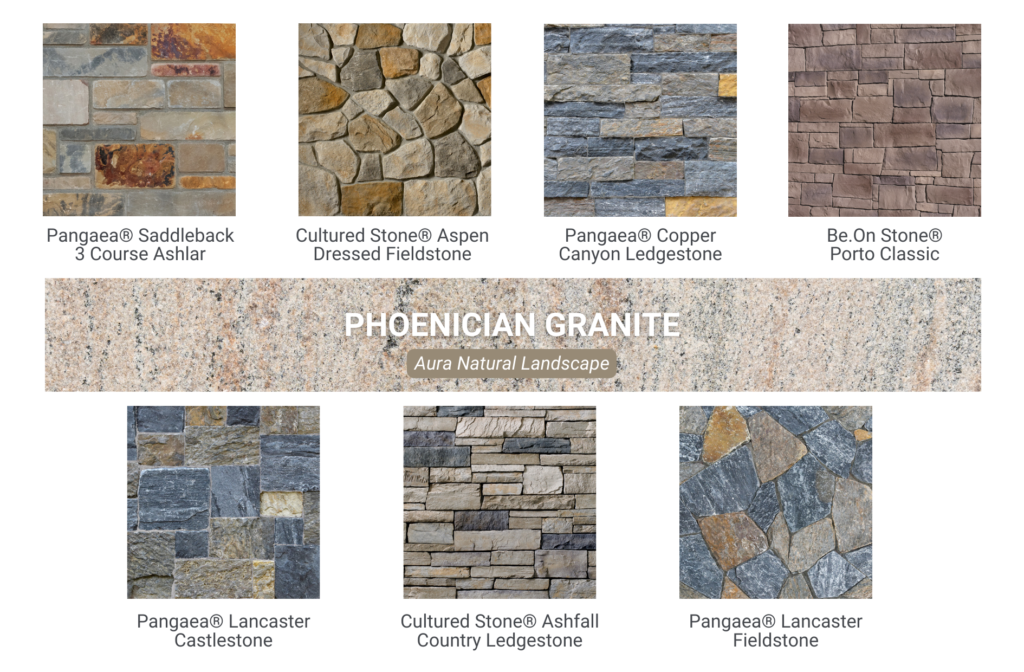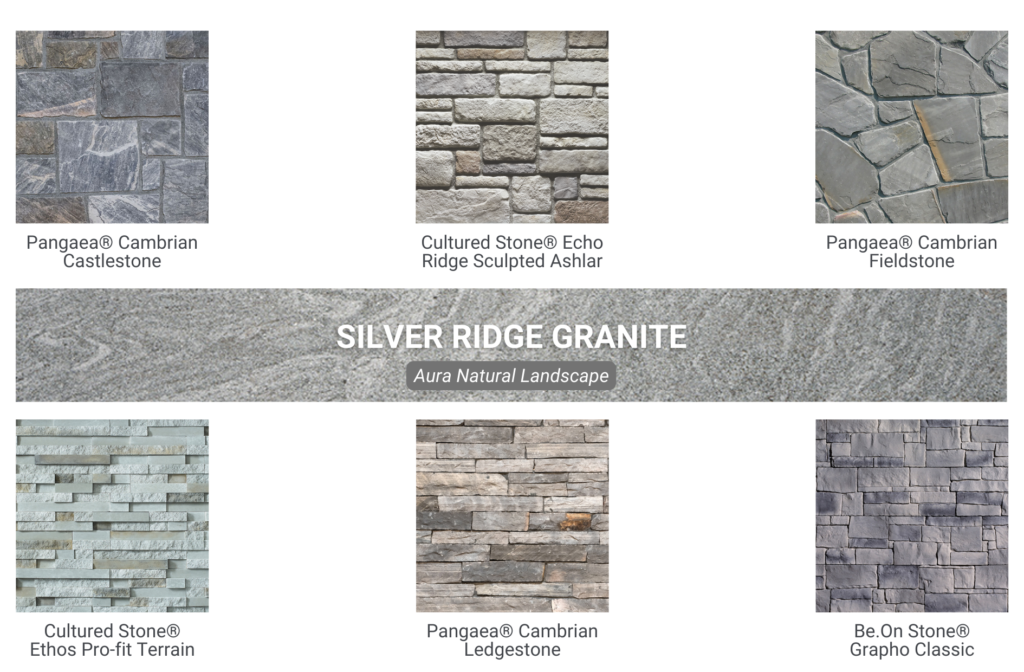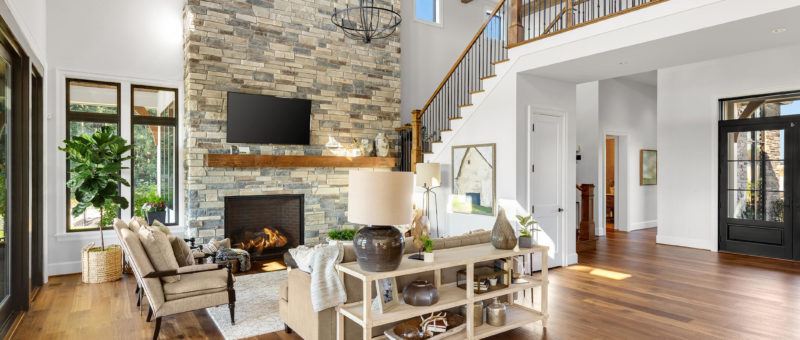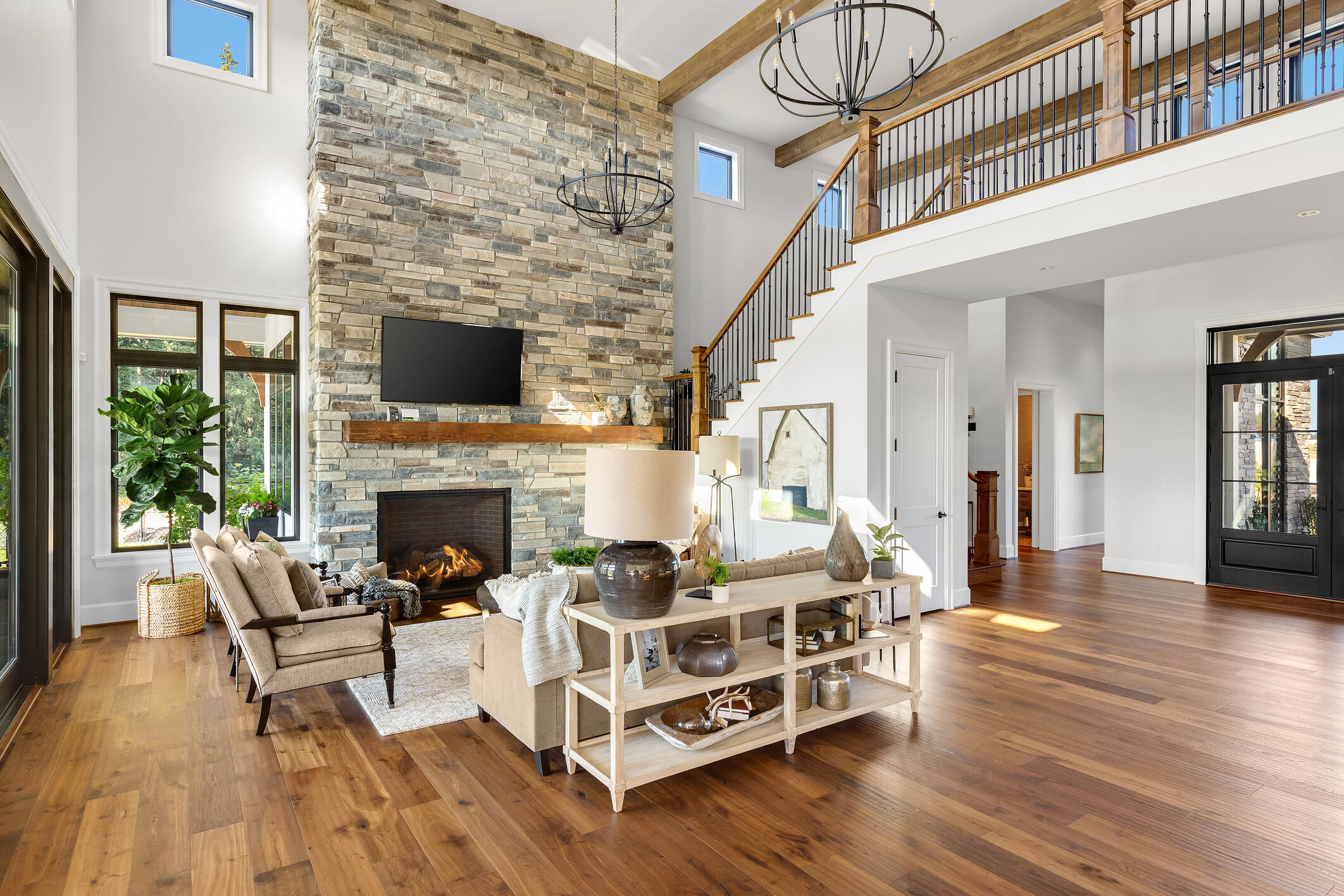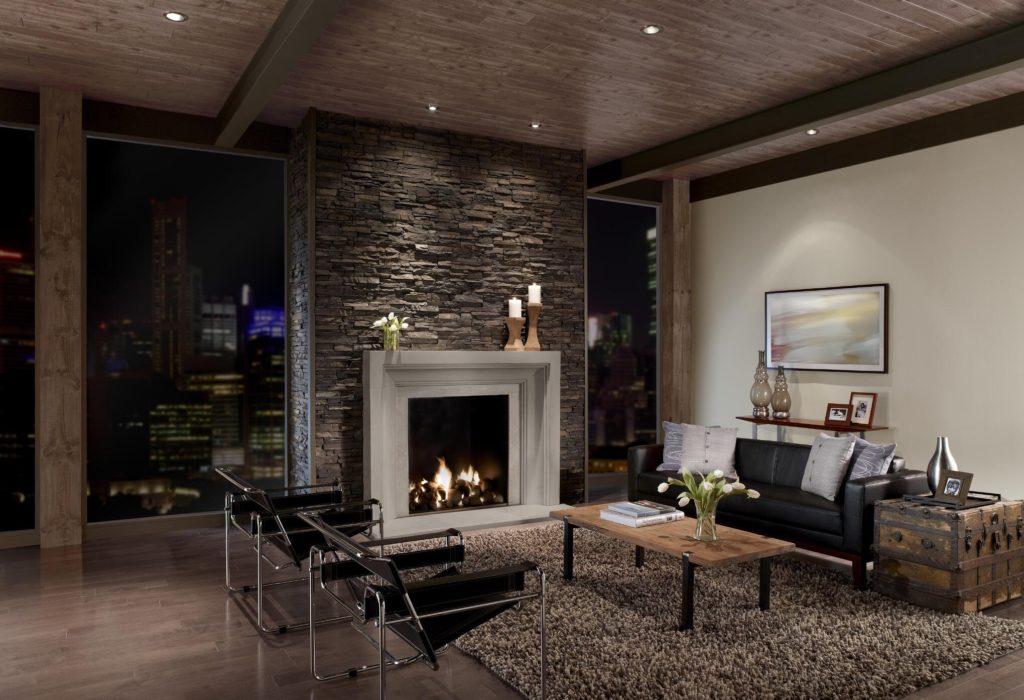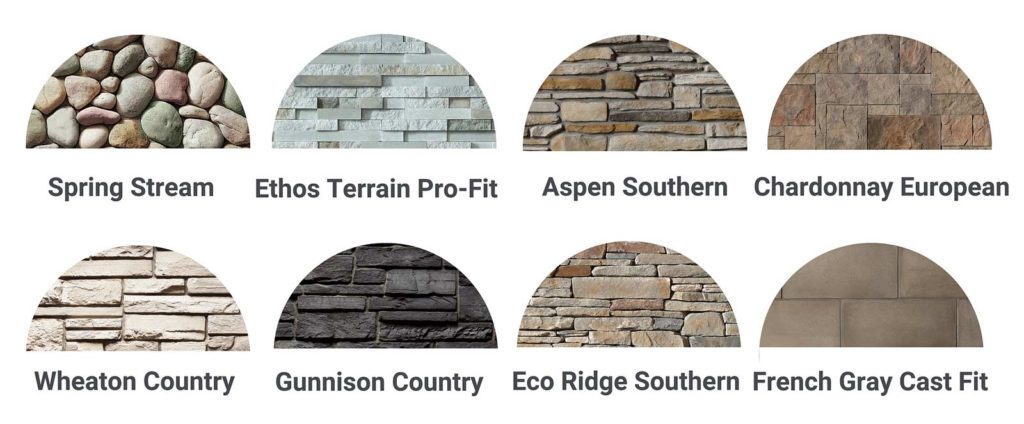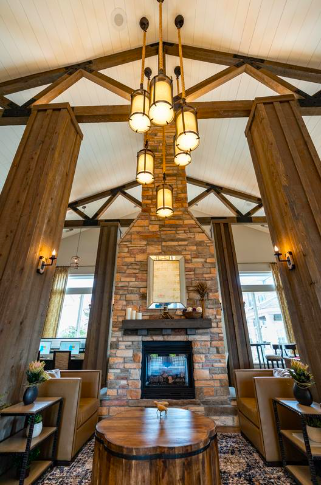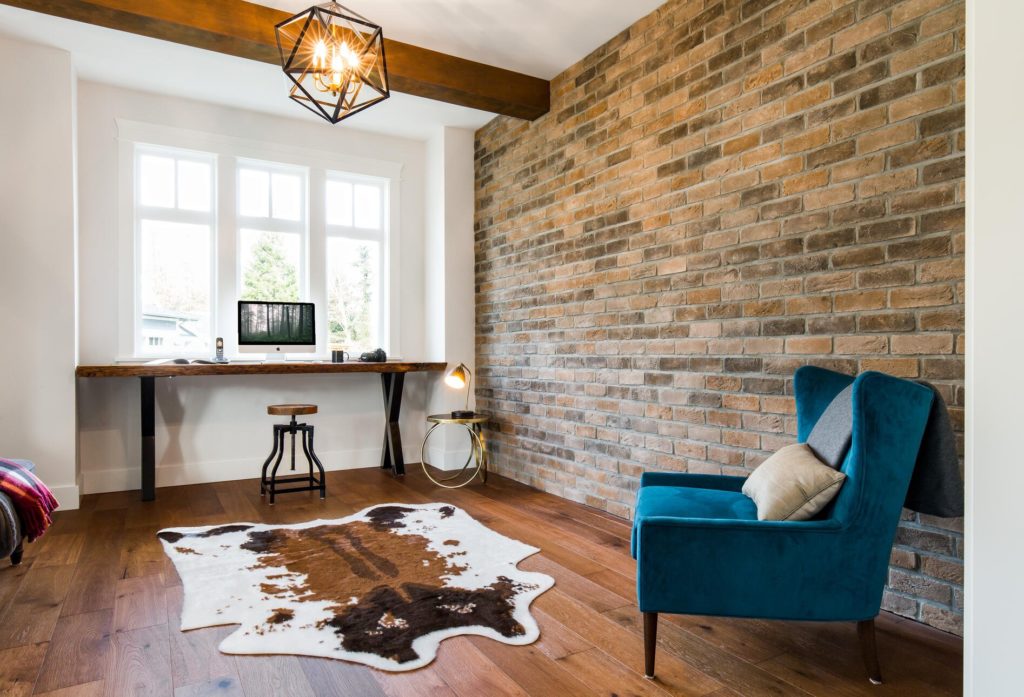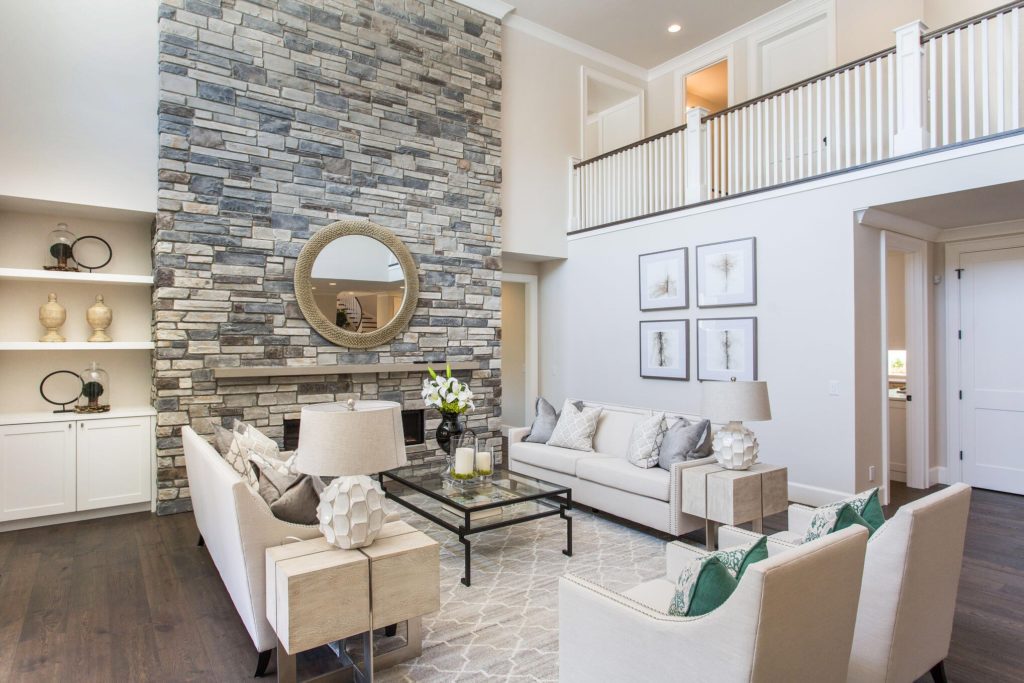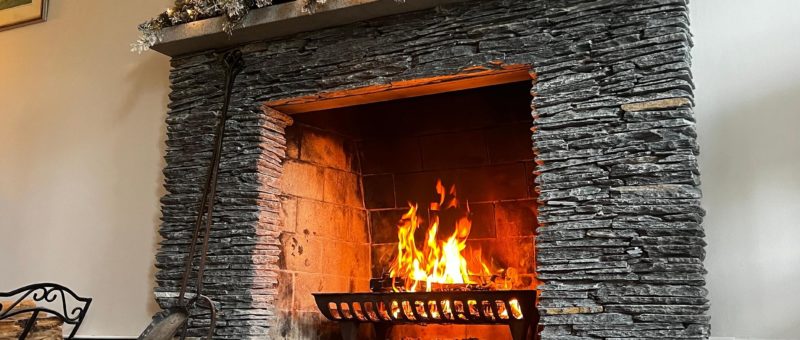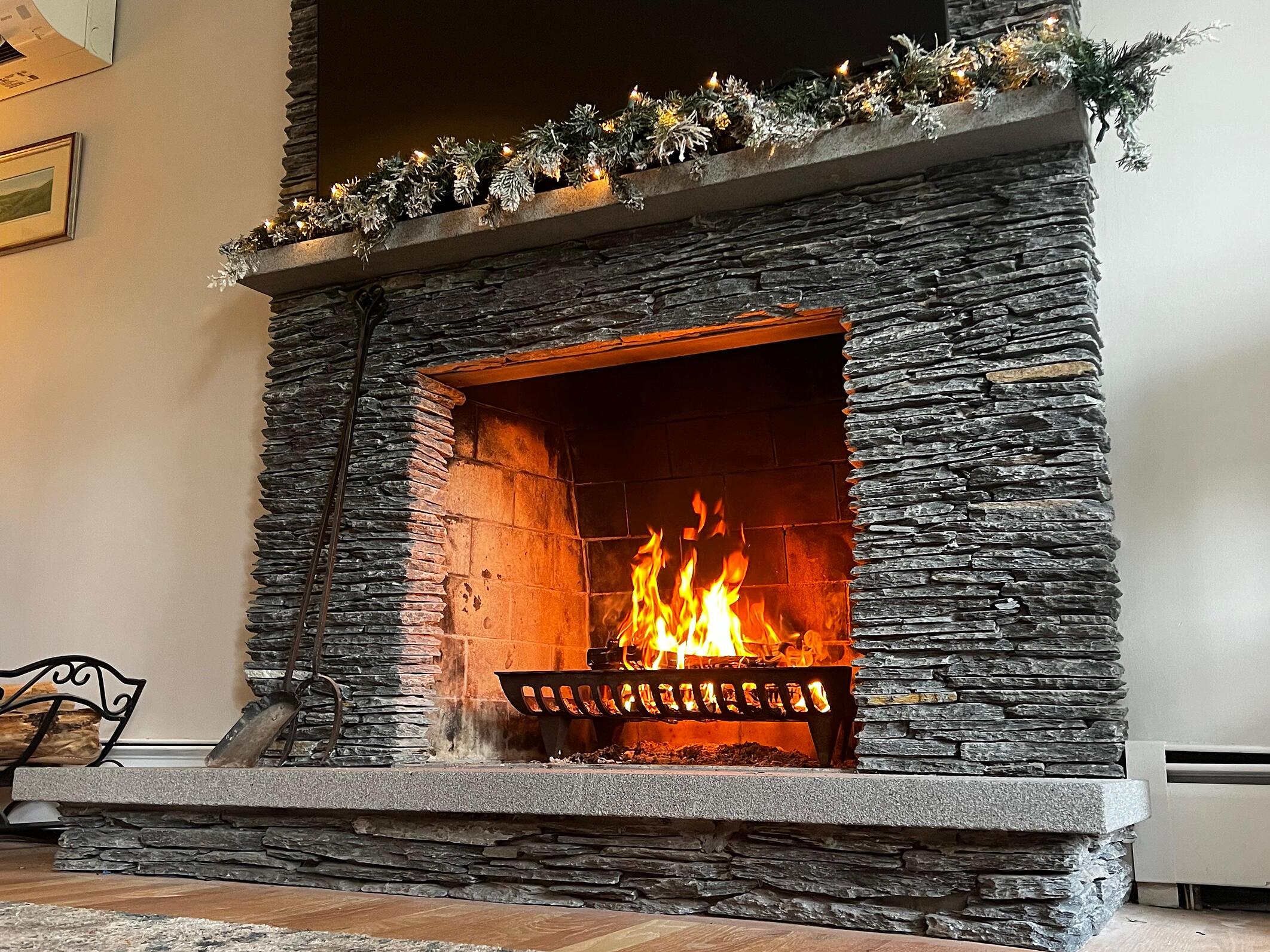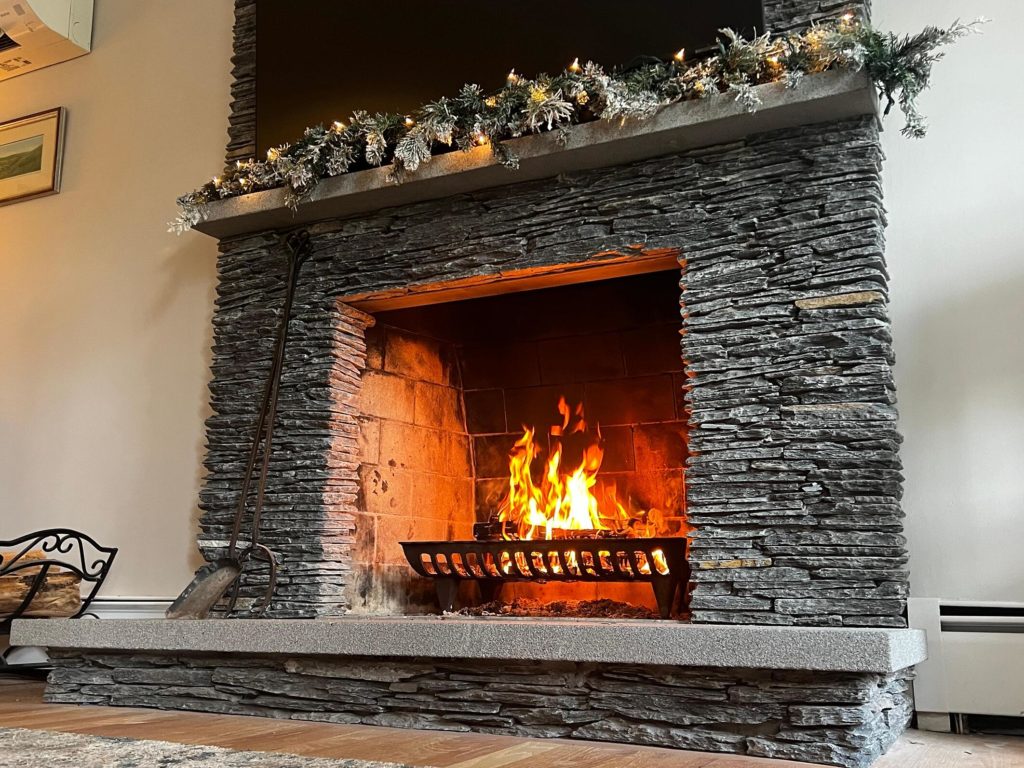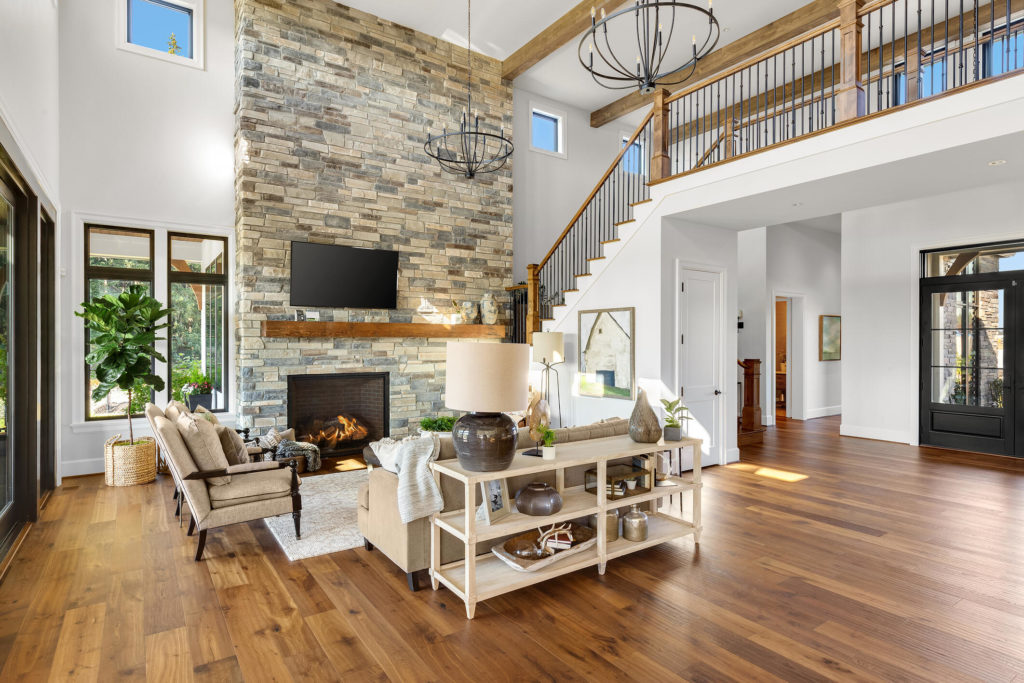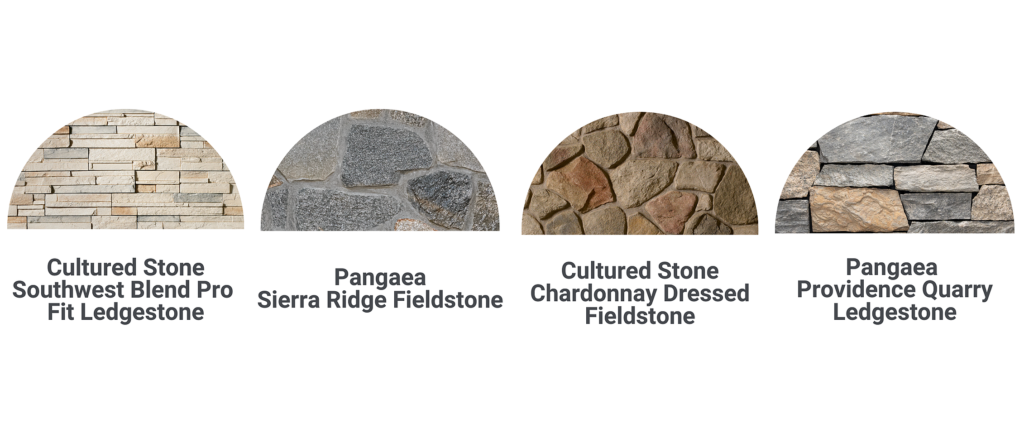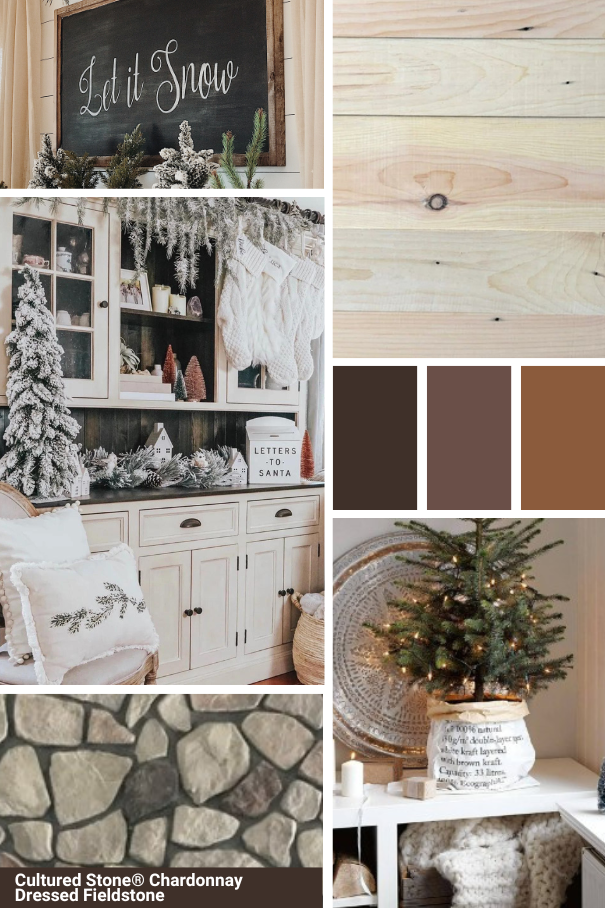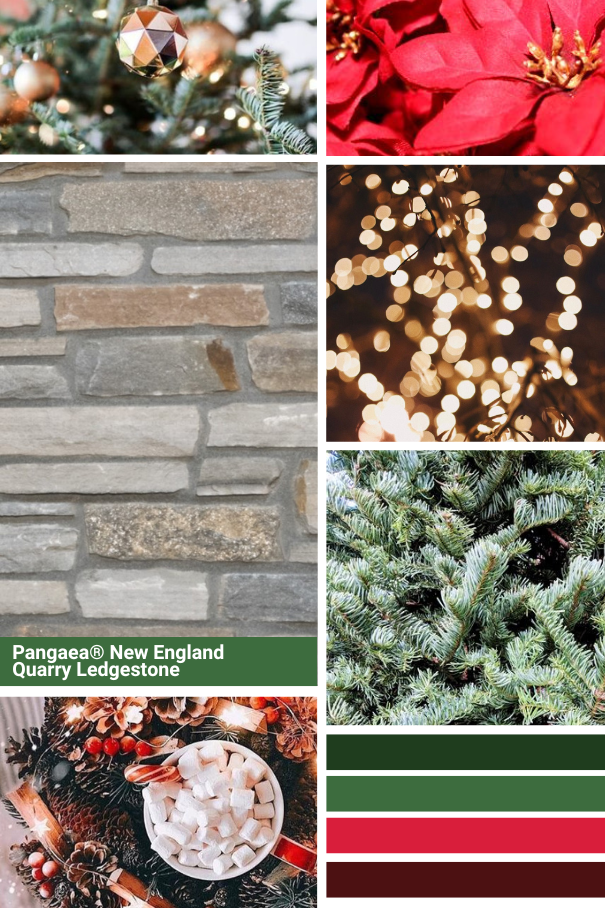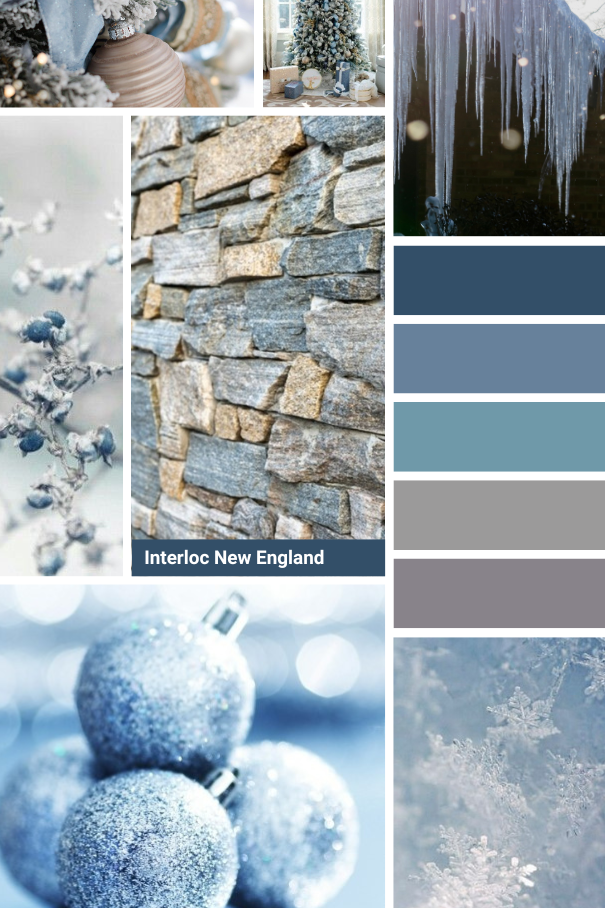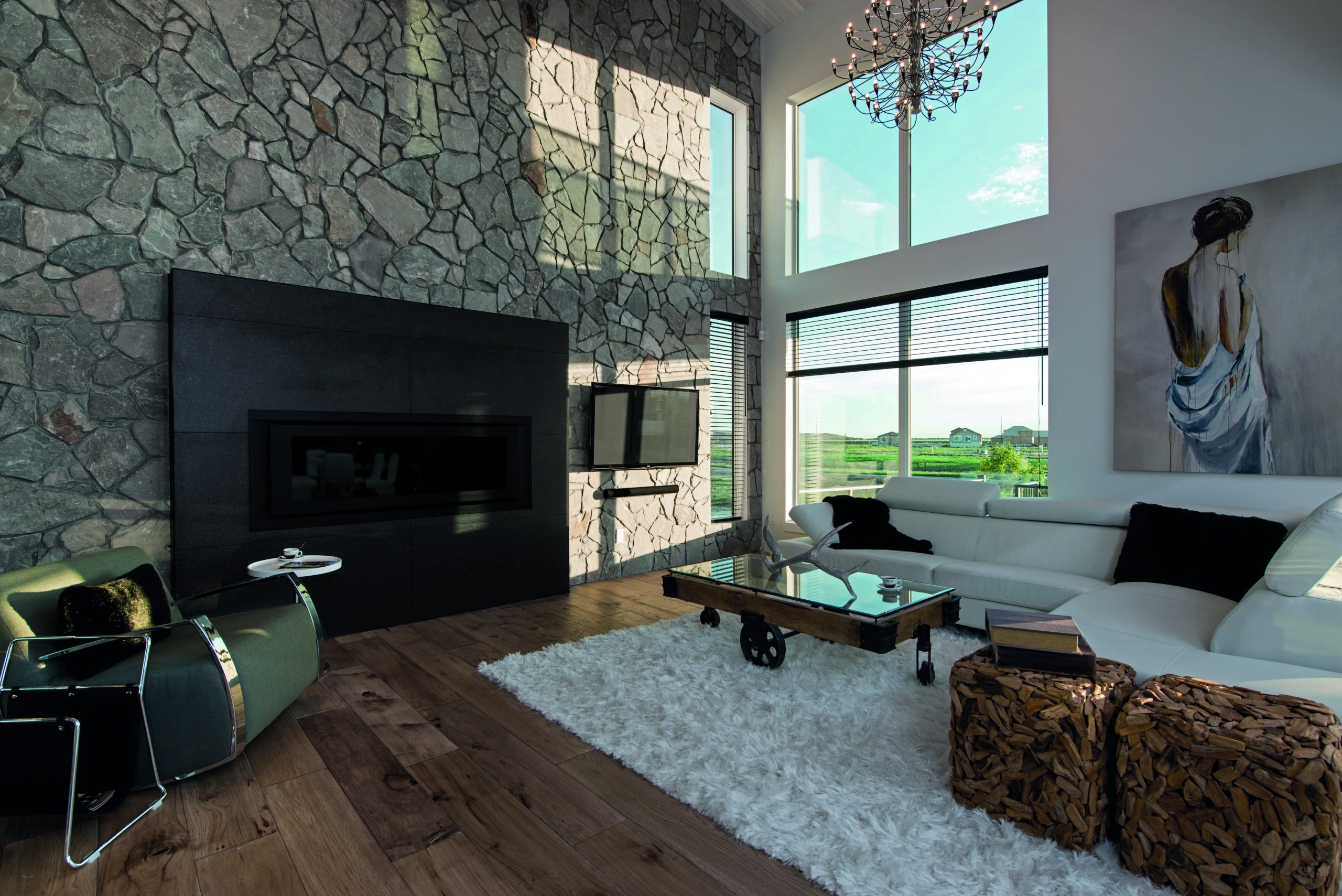
Elevate Your Home with Stone Veneer: 5 Perfect Places for Accent Walls
In the world of home construction and DIY, creating an accent wall isn’t just about aesthetics; it’s about making a bold statement. These accent walls, also known as feature walls, are where craftsmanship meets character, and they’re more than just a visual interest; they’re a game-changer for your project.
While paint and wallpaper have their place, they can’t match the enduring value and impact of stone veneers and architectural tile. Accent walls not only elevate the aesthetics but also add substantial value to a property, and it’s simple to maintain, ensuring your home interiors remain a source of awe for decades.
Choosing the right spot for an accent wall might seem challenging, but often, the room itself provides strong cues. Here, we delve into five strategic settings perfect for your stone veneer accent wall.
1. First Impressions Matter
Remember, you don’t get a second chance to make a first impression. Stone veneer on a wall greets your guests and sets the tone for your entire space. It’s the introduction that demands attention and admiration.
The placement of the Artepiso Orchid wall tiles in the space above acts as a focal point for anyone who may walk through the front door. These playful tiles, like any framed art, are sure to get the conversation started and create a welcoming atmosphere as soon as guests enter the house.
Light and easy to install, Artepiso 3D architectural tile adheres to most surfaces with a simple and inexpensive installation. They can also be painted for an attention grabbing splash of color.
2. Accentuate the Architecture
Craftsmen know that great rooms deserve great features. Stone veneer can turn ordinary walls into stunning showcases. Fireplaces, floating room dividers, and walls with architectural details become canvases for your creativity.
A masterful example of this approach can be achieved with Be.on Stone® Carbo Classic veneer panels. Rather than installing shelves in the cutout section of the kitchen shown above, a stone matching the style around the adjoining room was applied, with artwork placed over it. From this vantage point, it gives the appearance of a window that offers a peak at the stone wall continuing behind it.
Ready to accentuate your home walls with another quick renovation, then look no further than your dated fireplace. Building materials like thin stone veneer and Pangaea® Fieldstone Cambria, seen above, transform any drab fireplace wall or surround into the family’s room’s best feature.
See more fireplace inspiration in our blog, 5 Interior Projects To Tackle This Winter with Stone Veneer.
3. Chase the Light
Sometimes, all you need to find the perfect spot for your accent wall is to follow the light. Let the natural light be your guide, drawing visitors’ eyes to your masterpiece. However, be cautious with walls that get intense backlighting or the window views will overshadow the veneer.
When crafting the room with those captivating waterfront views in mind, practicality was key. The choice of Pangaea® New England Quarry Ledgestone veneer wasn’t just about aesthetics; it was a smart decision. It blends seamlessly with the elegant wood paneling on the ceiling, all while ensuring the natural light from those massive windows takes center stage.
For those of you who like to get creative with lighting, consider adding some excitement with Artepiso 3D architectural tiles, seen here in hexagonal Andes shapes. These tiles boast intricate grooves and peaks, creating a mesmerizing interplay of light and shadow. And if you want to kick it up a notch, apply a coat of vibrant, glossy paint to make them shine even brighter.
4. Read the Room
Look at the room’s layout; it often reveals the ideal accent wall location. Is there a wall where all the furniture converges? Maybe one housing a fireplace or TV? That’s your focal point, and that’s where stone veneer shines.
Take a look at the arrangement of the above living room, featuring Cultured Stone’s® Echo Ridge Country Ledgestone veneer. Would a feature have made better sense anywhere else? Note how the veneer calls out to the stone visible through the window on the home’s exterior.
5. Beside Views
In the bedroom, the most impactful accent wall is typically the one behind the bed. It highlights the bed as the most important feature of the room (which it is), and with the right material choice, can look like an extension of the headboard itself. And when you’re laying in bed, the view of an accent wall straight ahead may not have the calming effect you need.
Take a look at the red and brown hues of the Cultured Stone® Winesburg Weathered Plank 4&6 veneer. This manufactured stone was molded to precisely replicate the grain and character of reclaimed barn wood; its artistry and craftsmanship are molded to replicate the warmth of reclaimed barn wood.
We Make It Easy!
Creating a statement with stone veneer has never been easier. six brands of natural and manufactured stone veneer products available in hundreds of colors, shapes and sizes, Instone is your partner in making your vision a reality.

